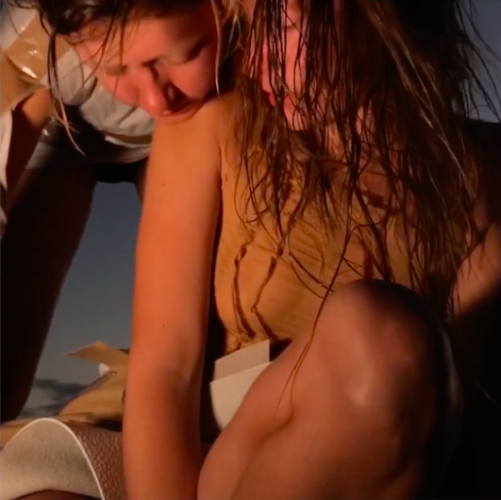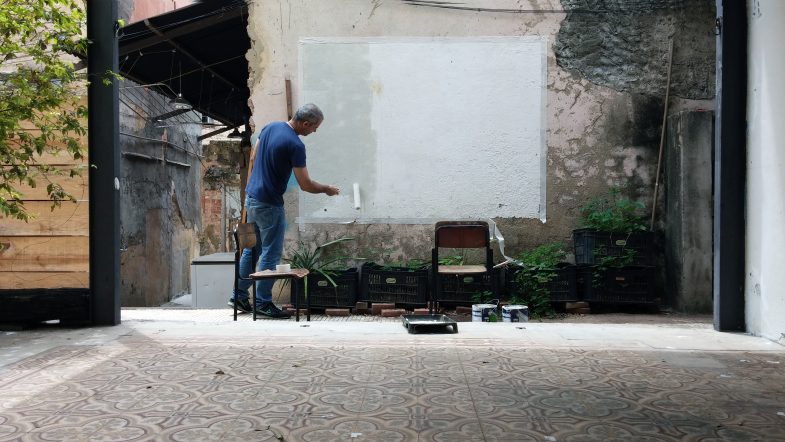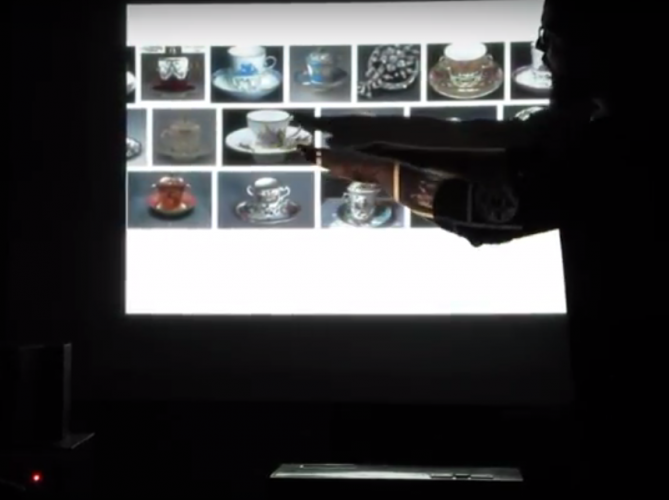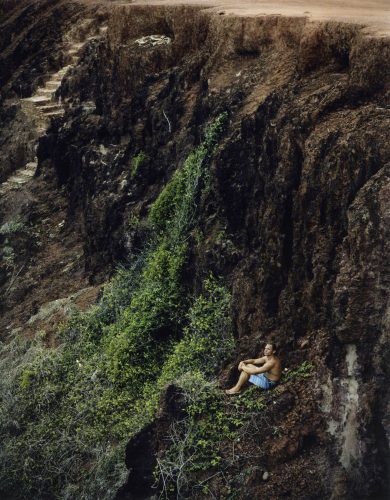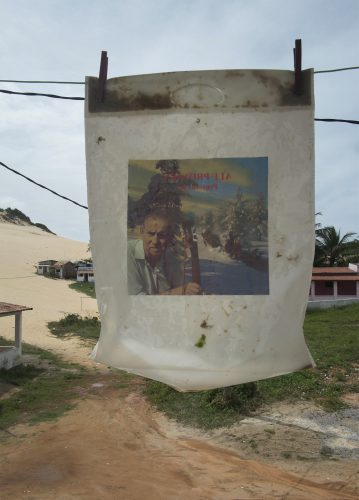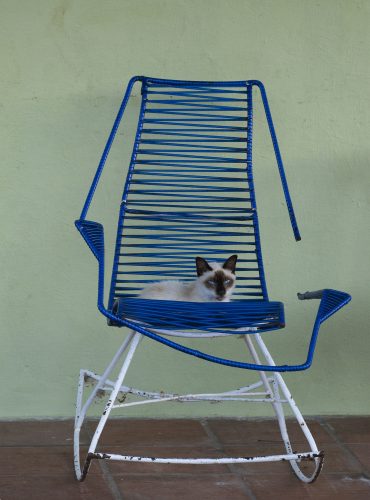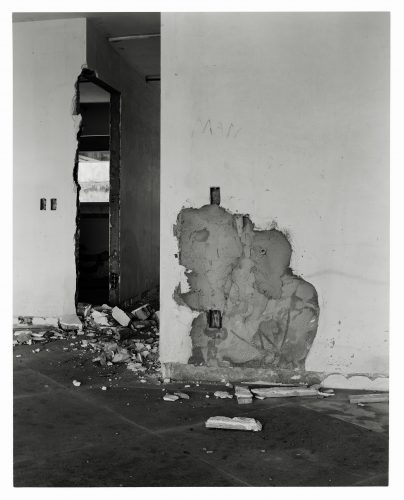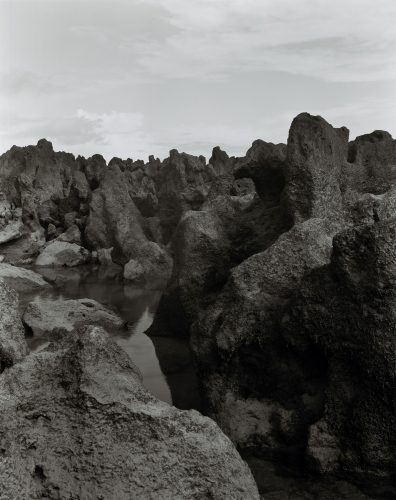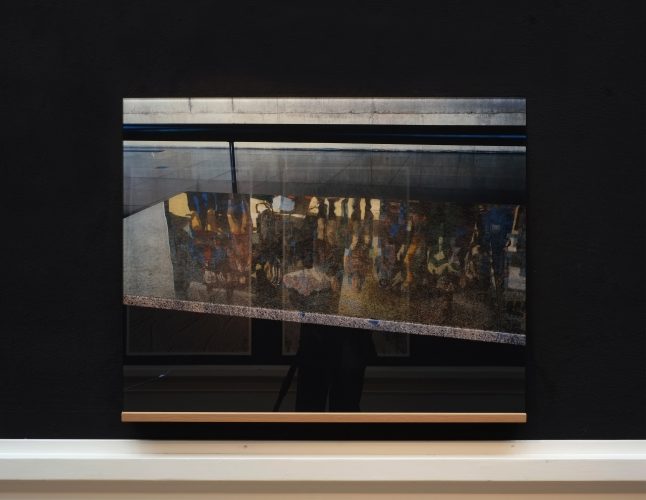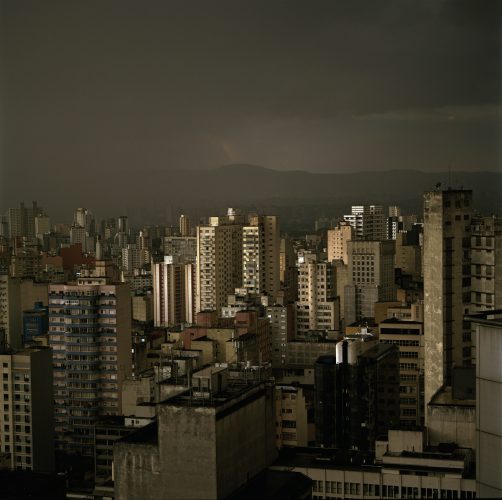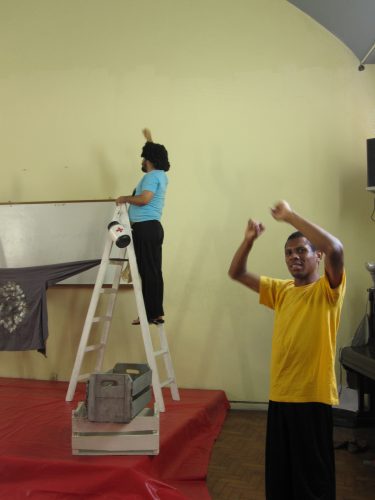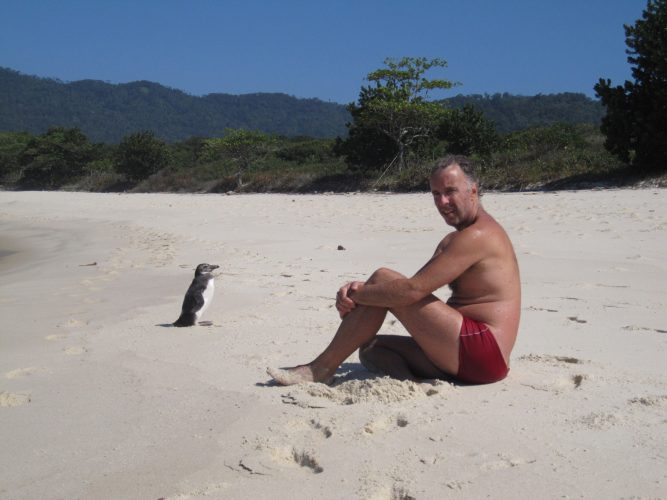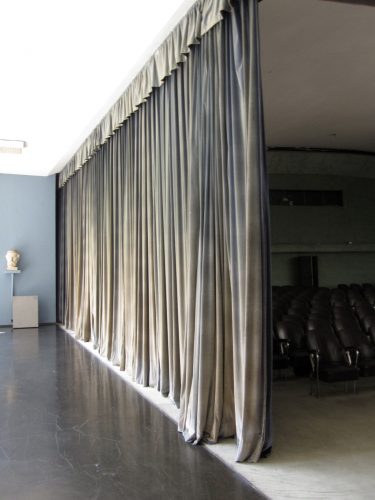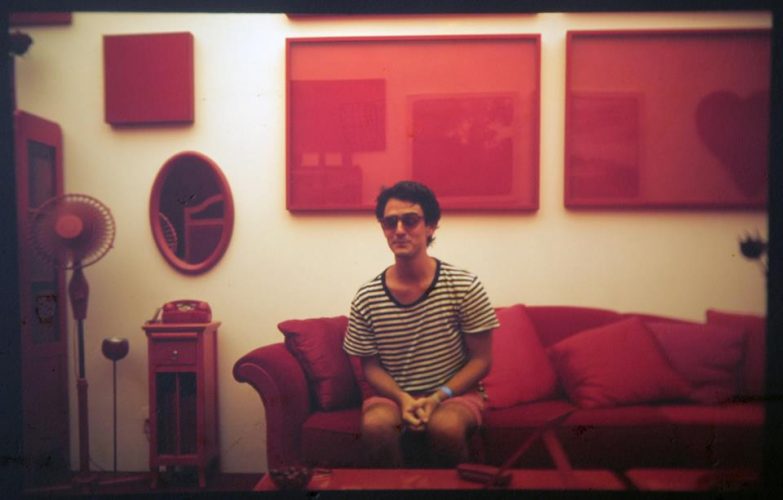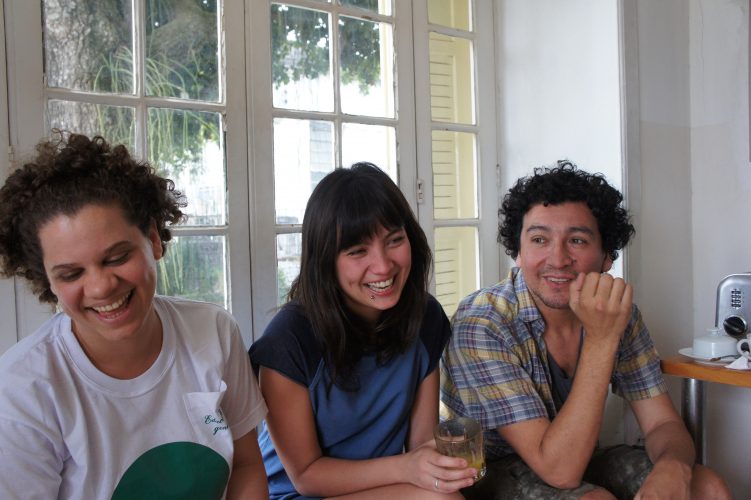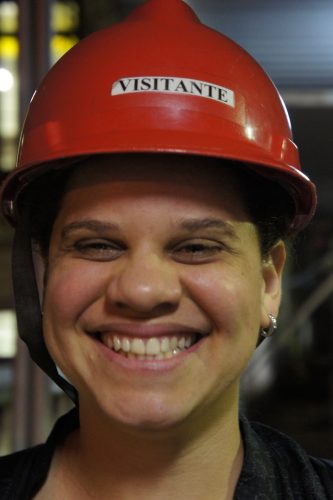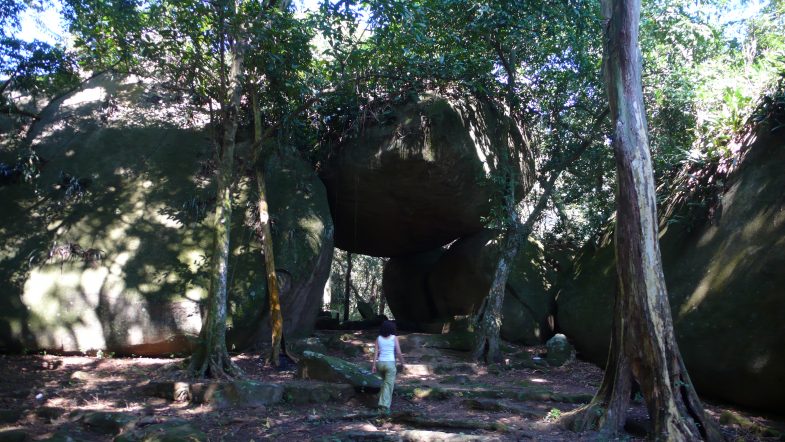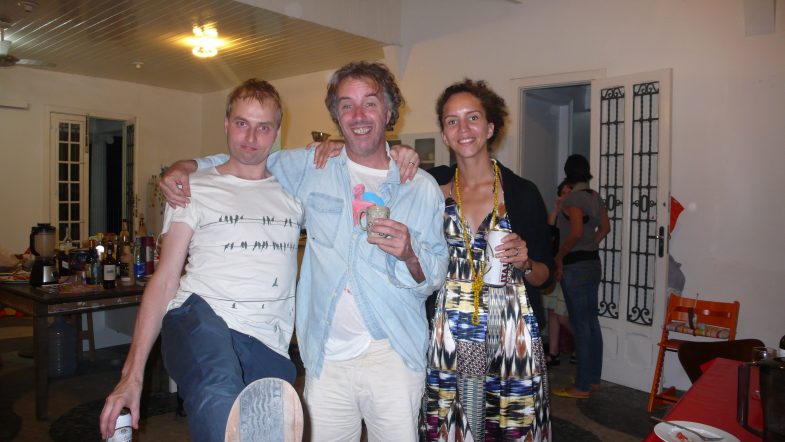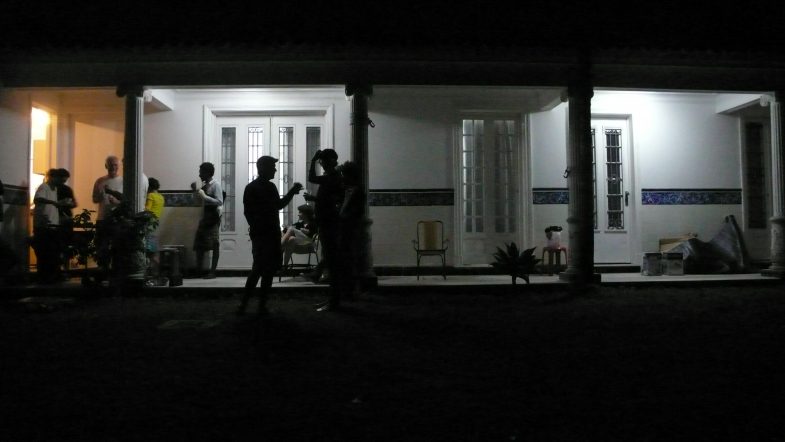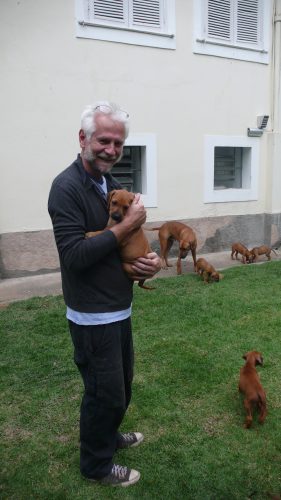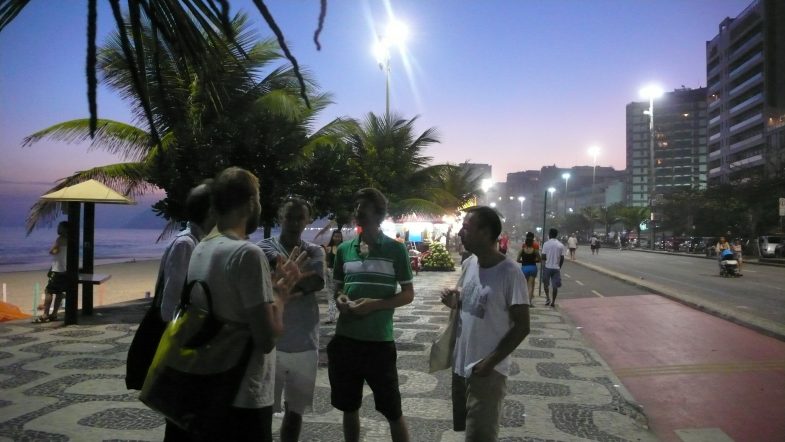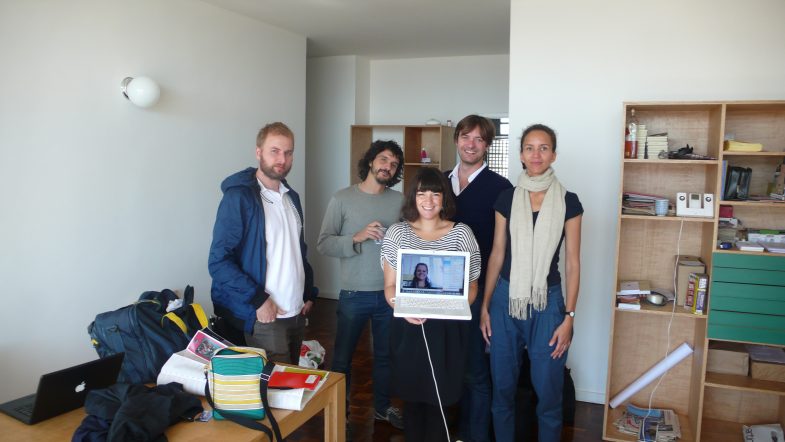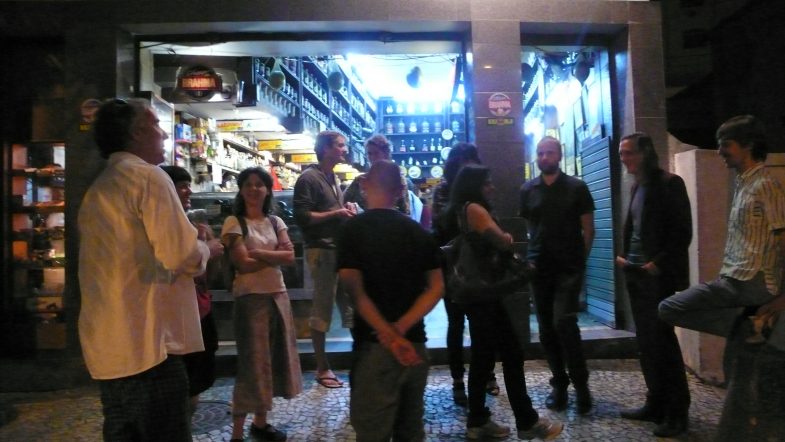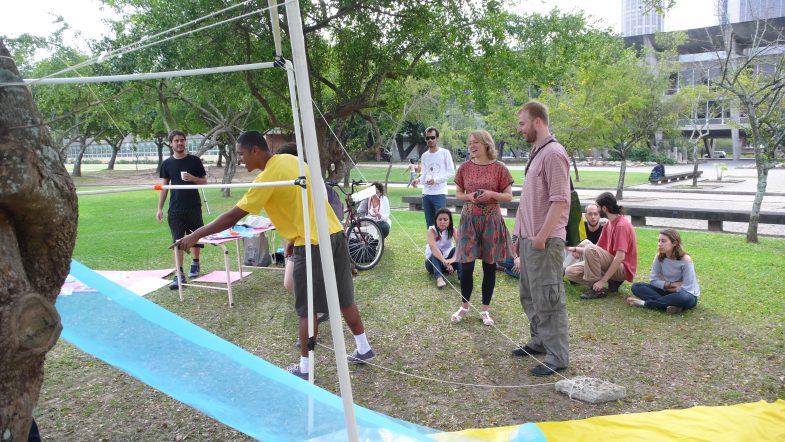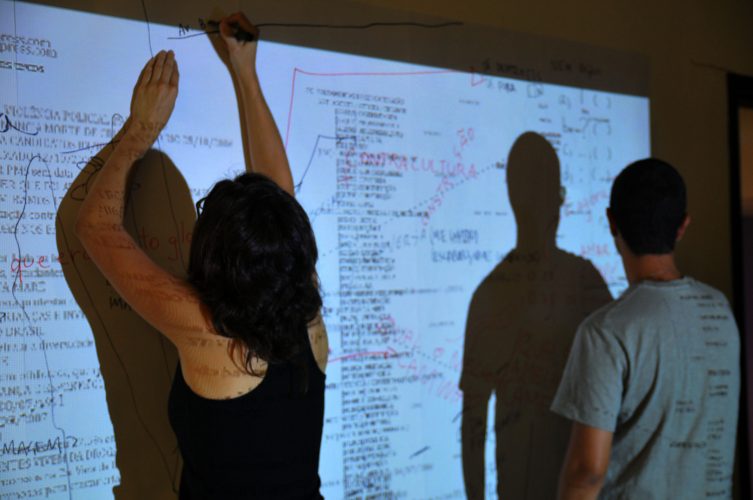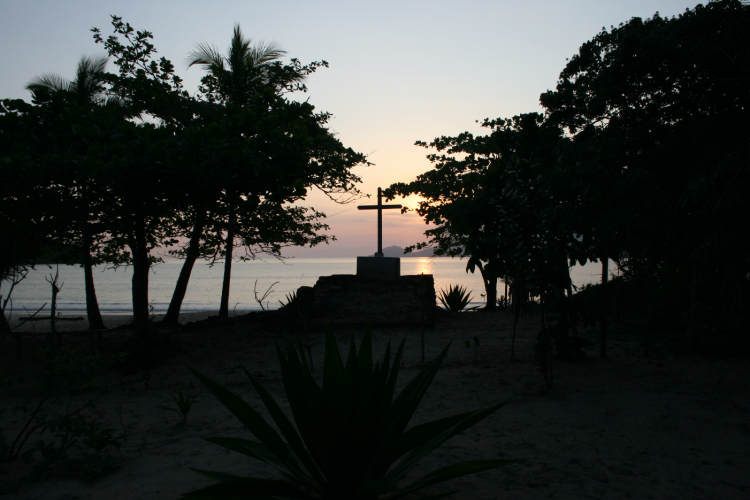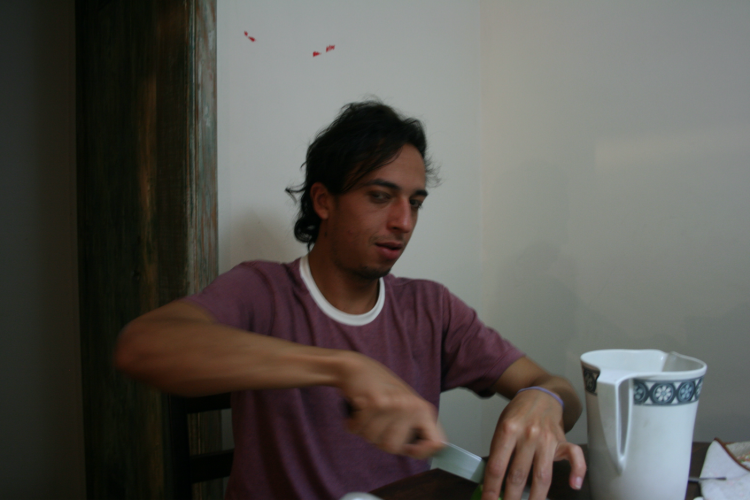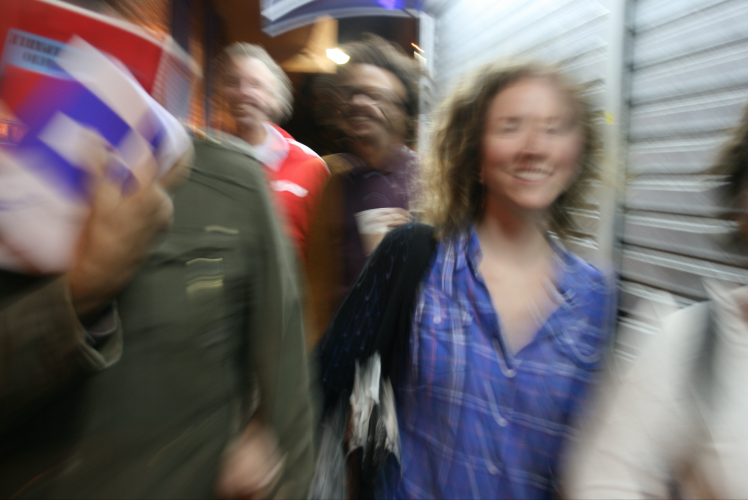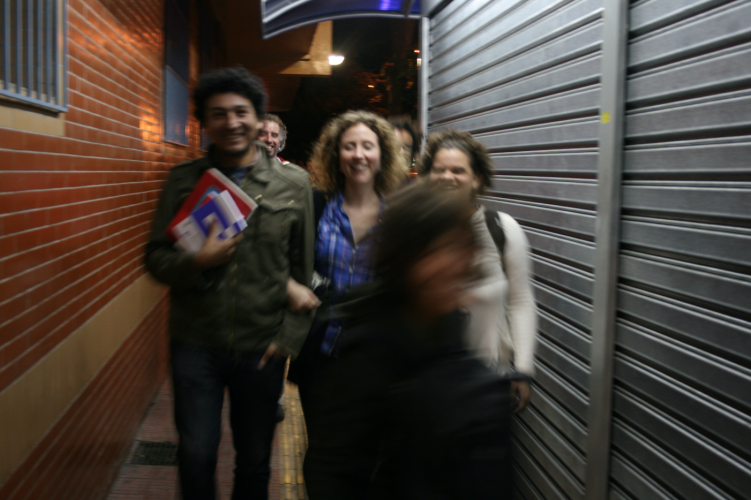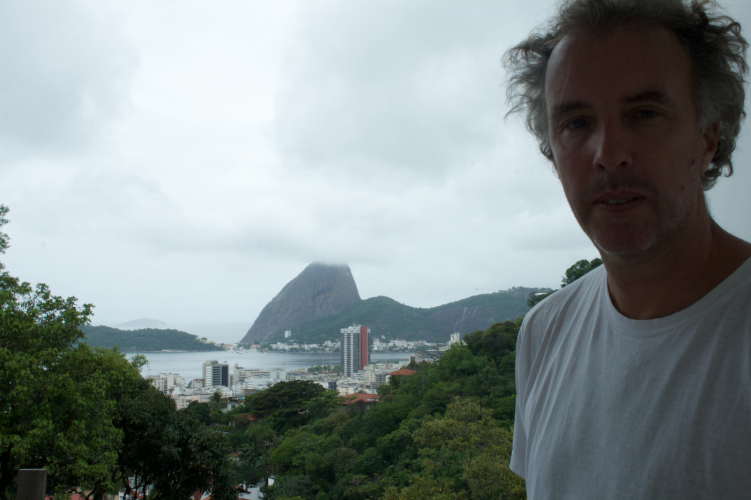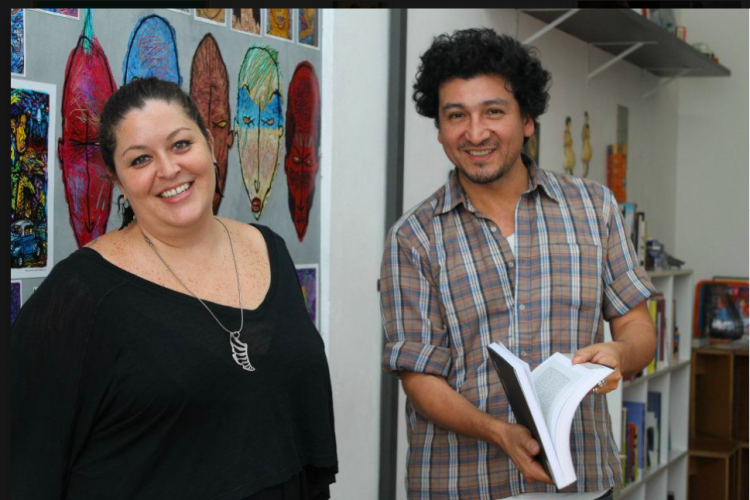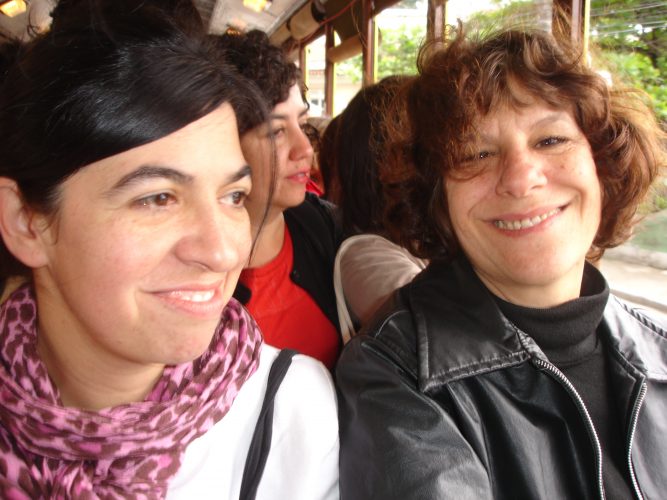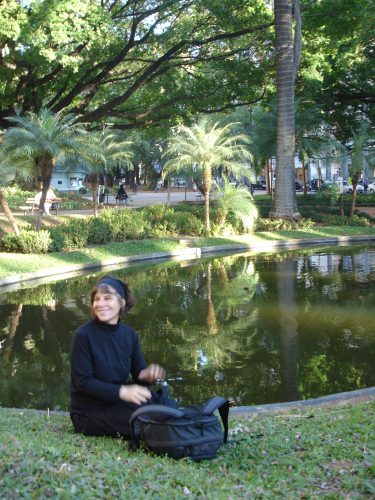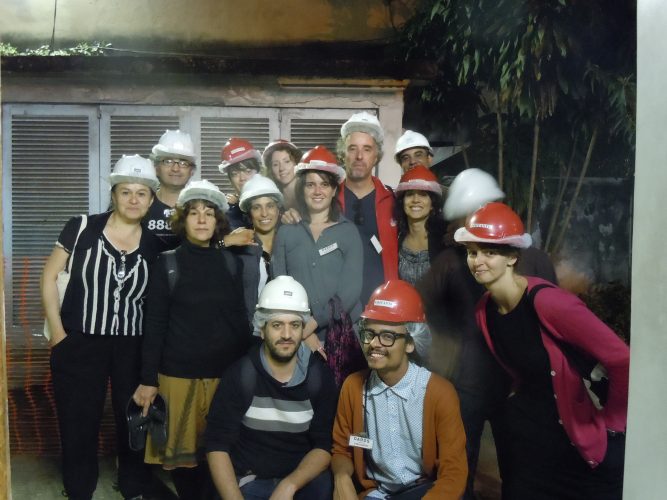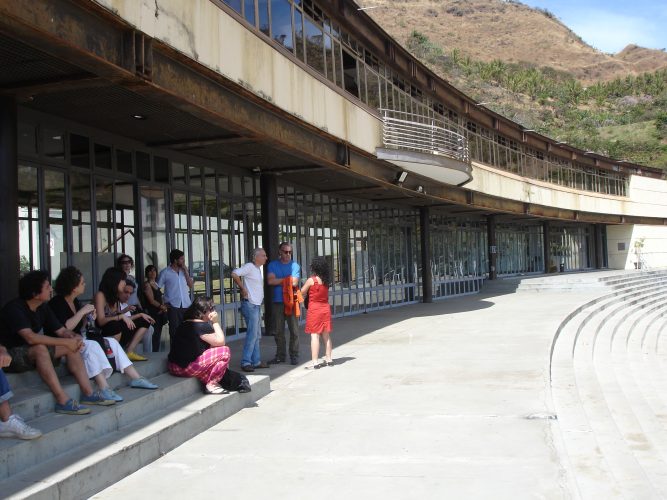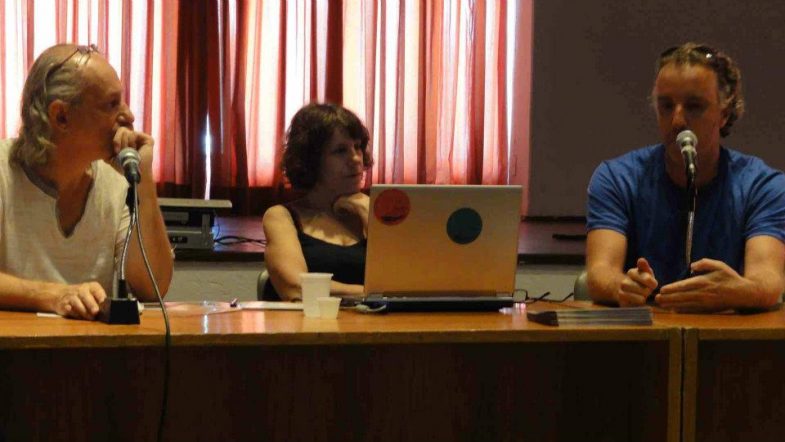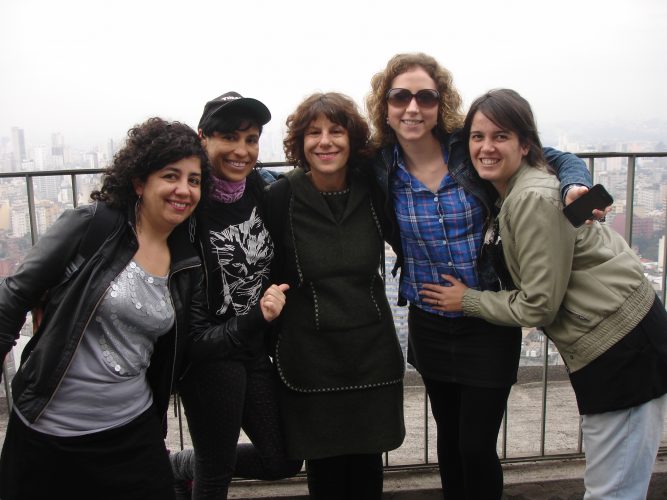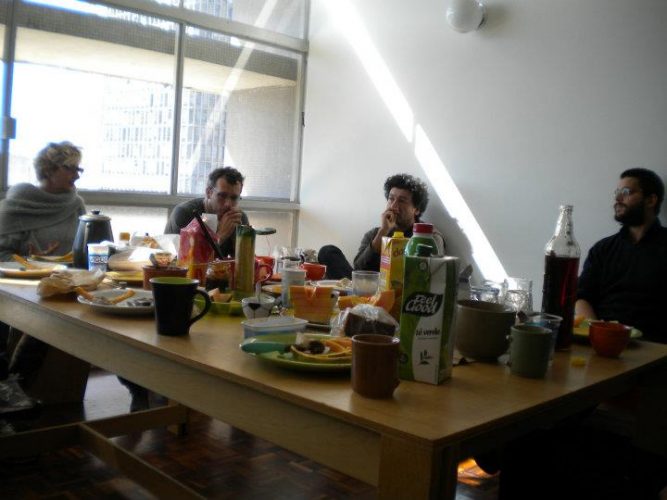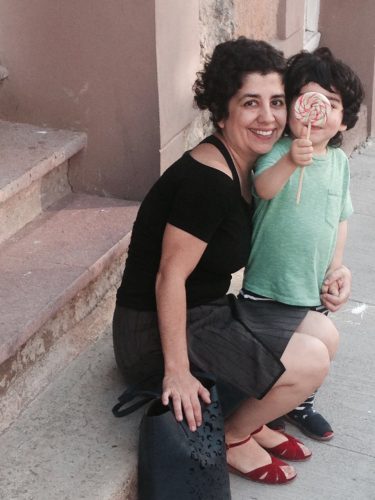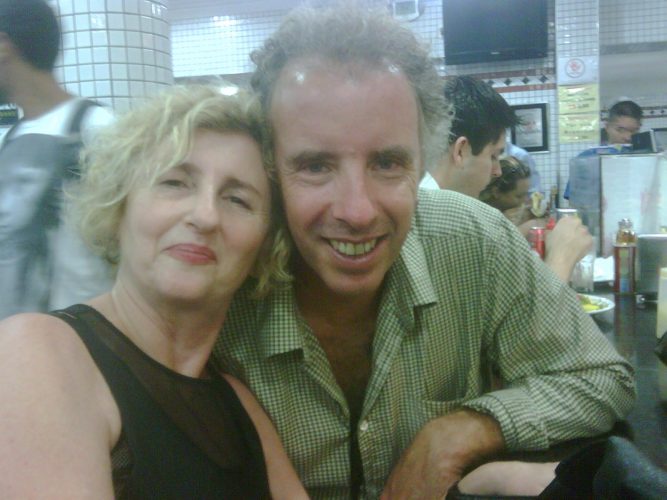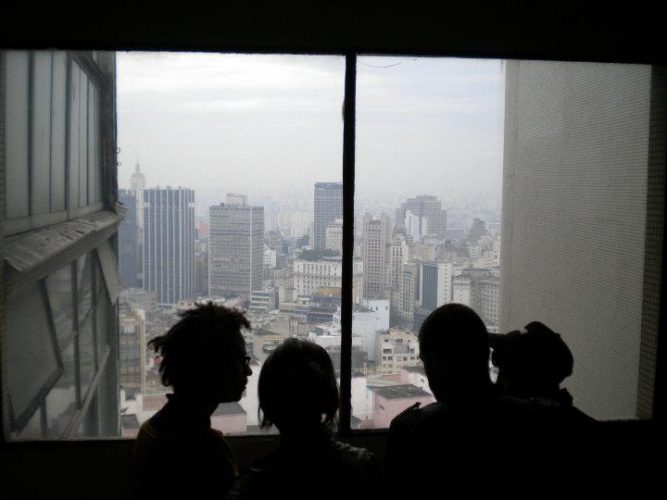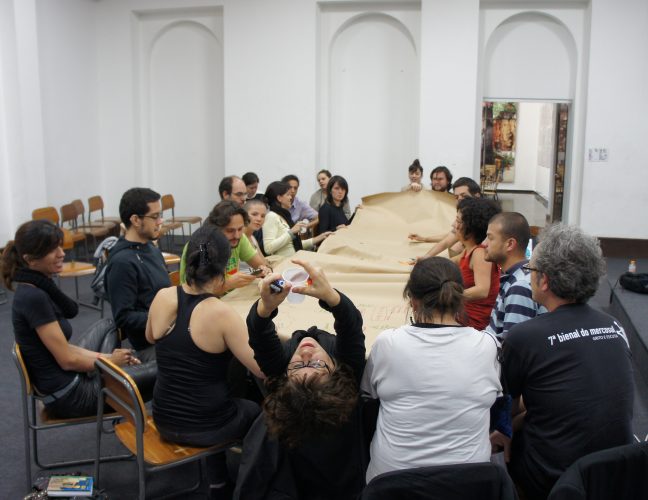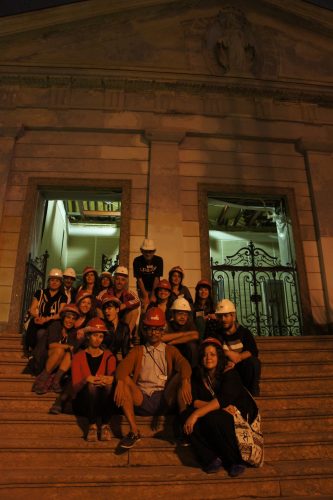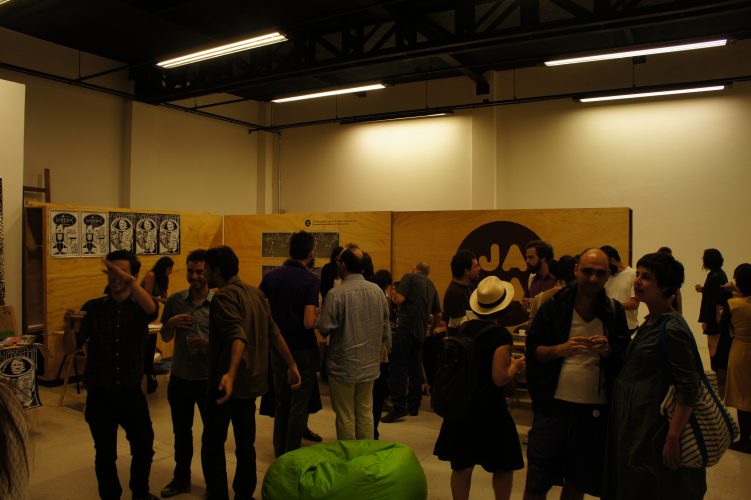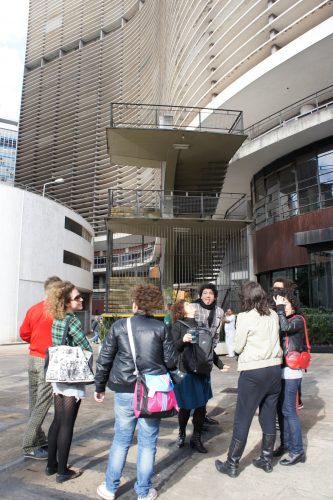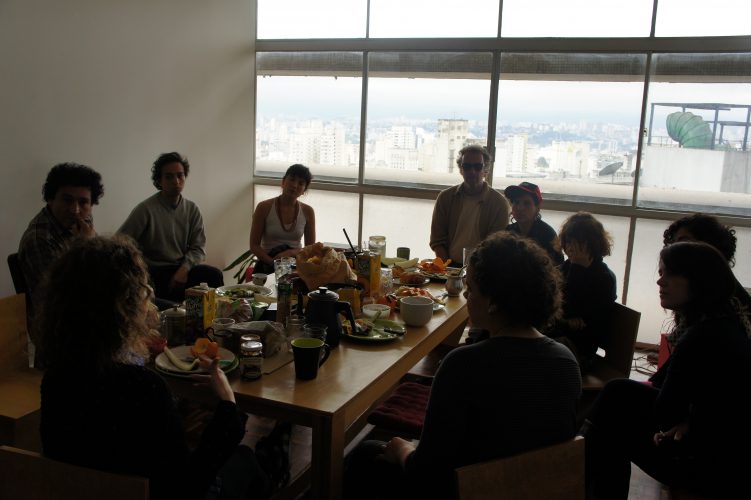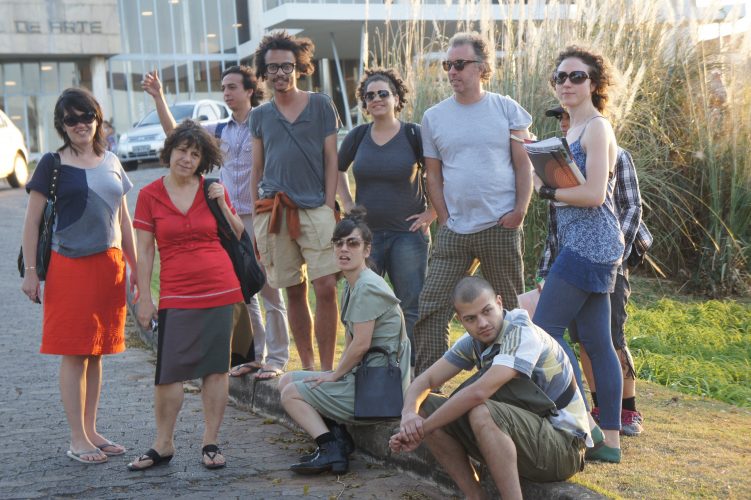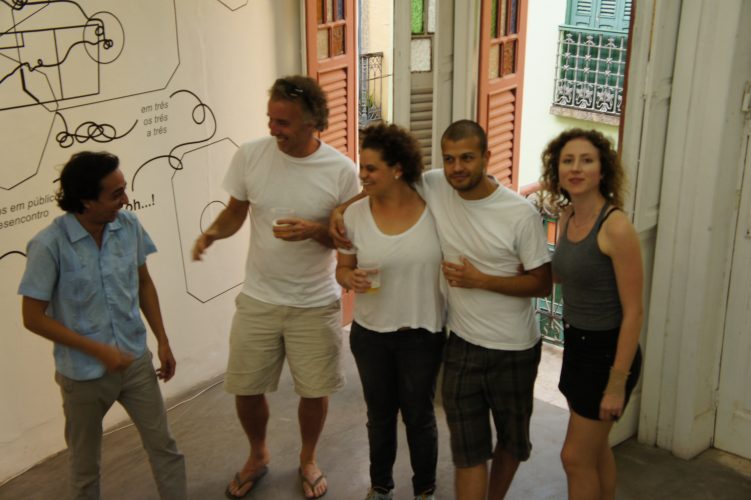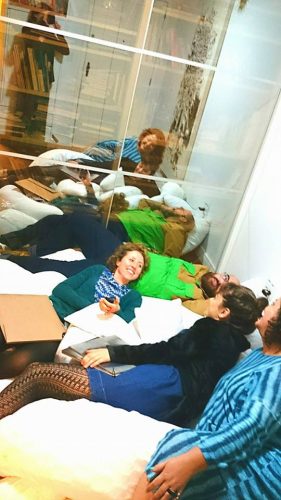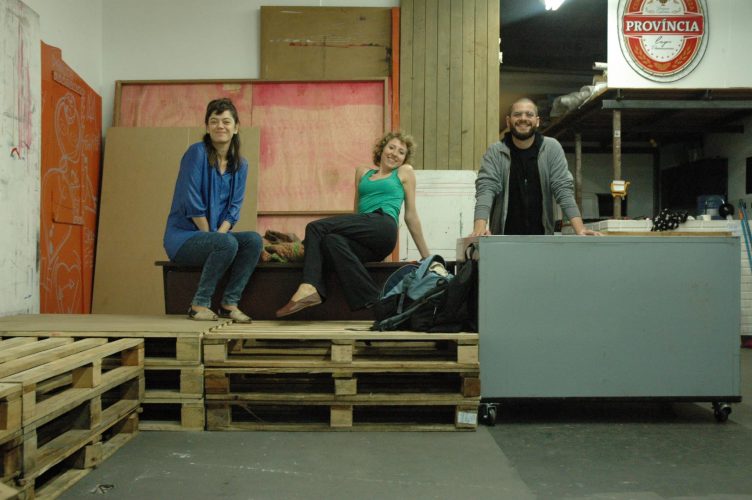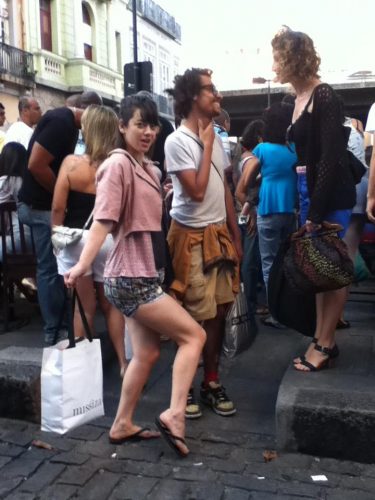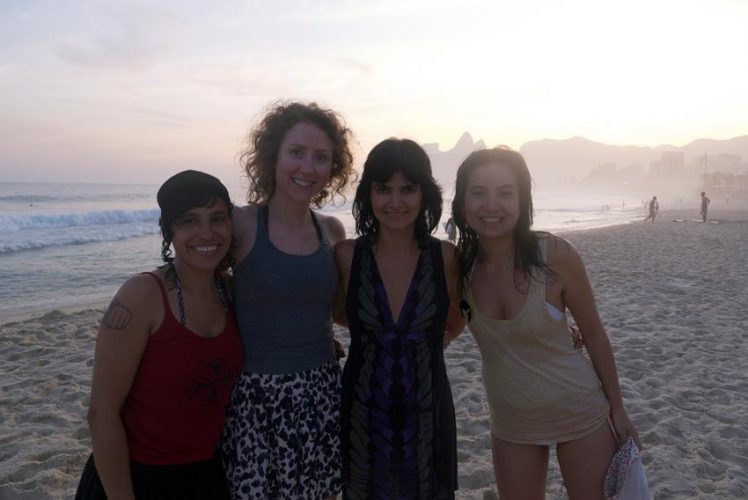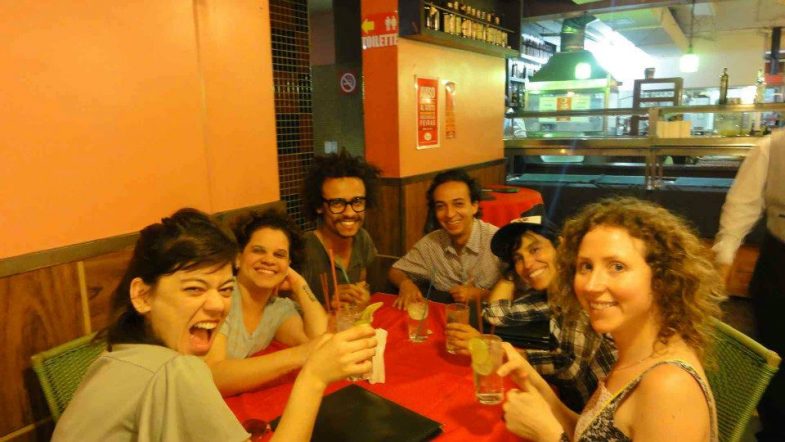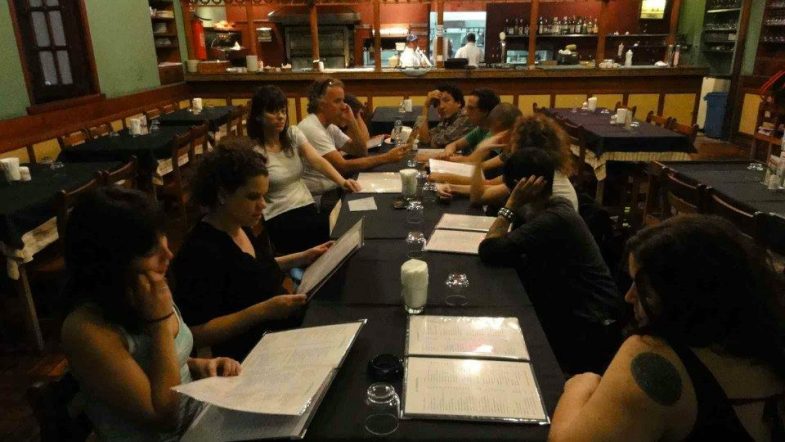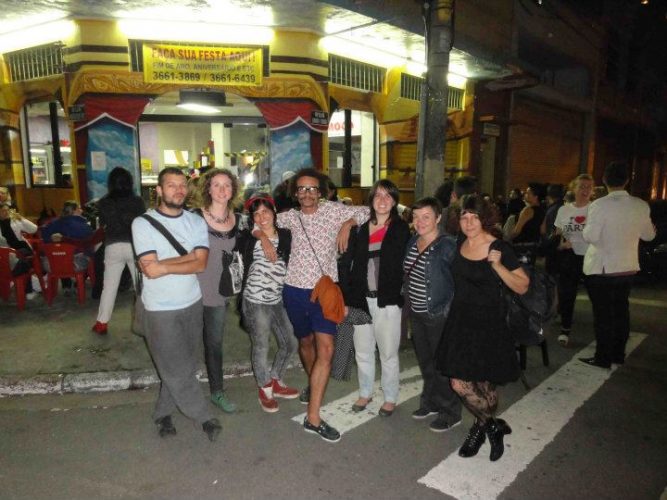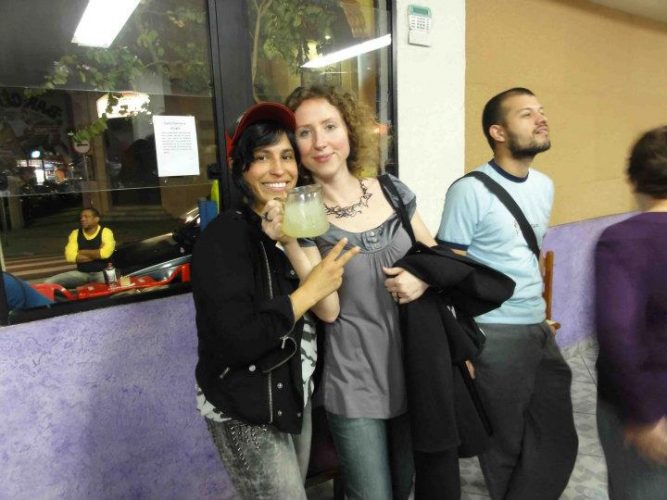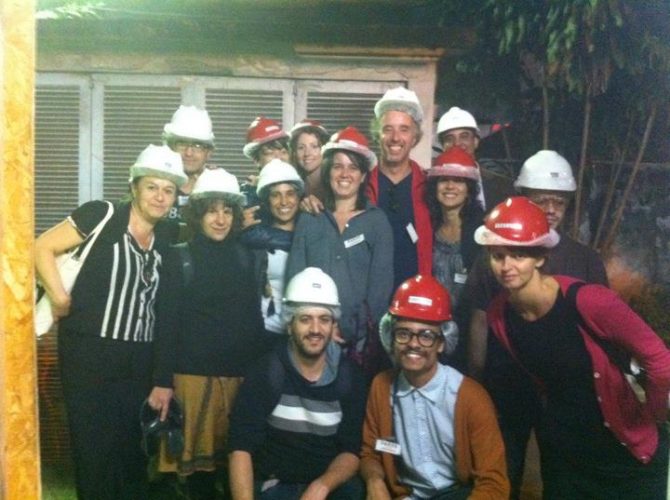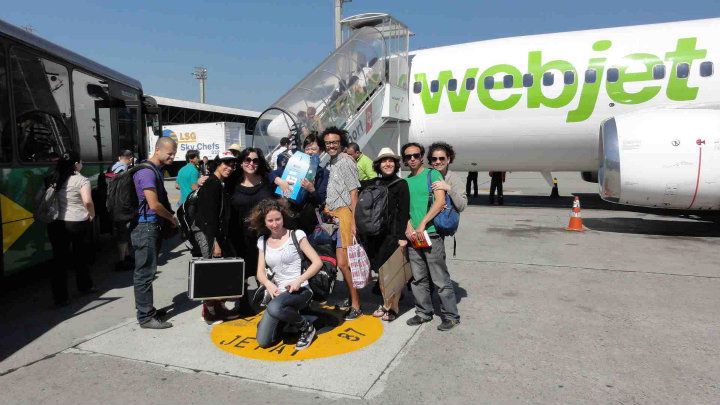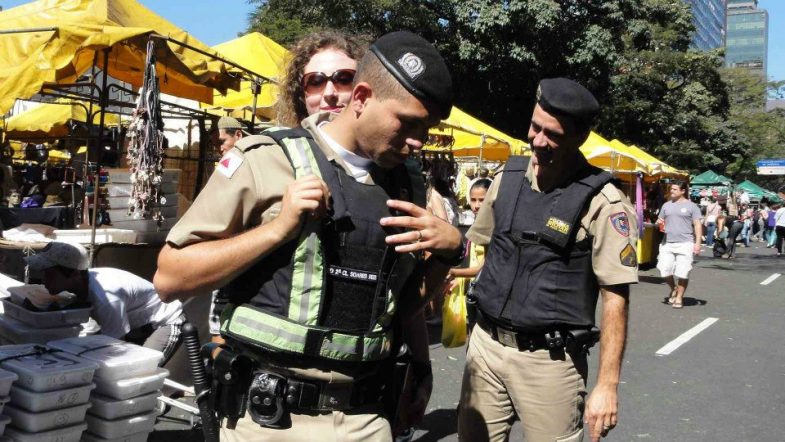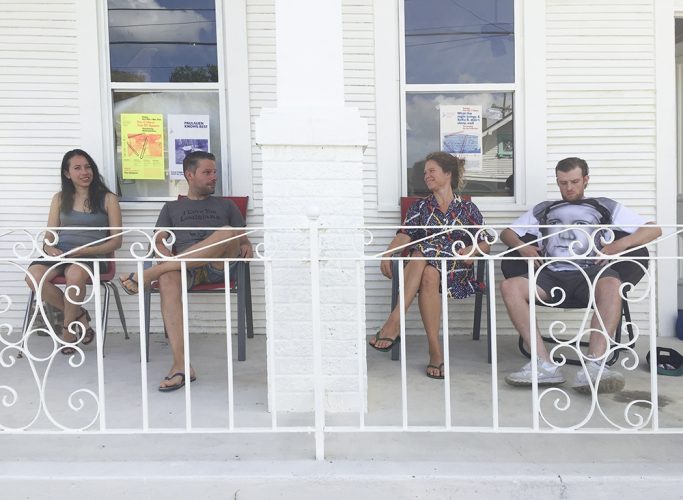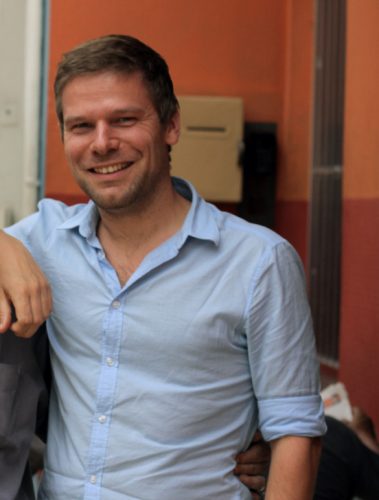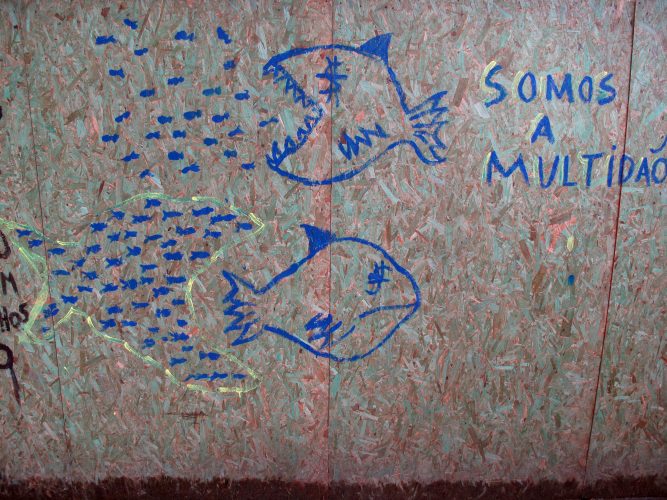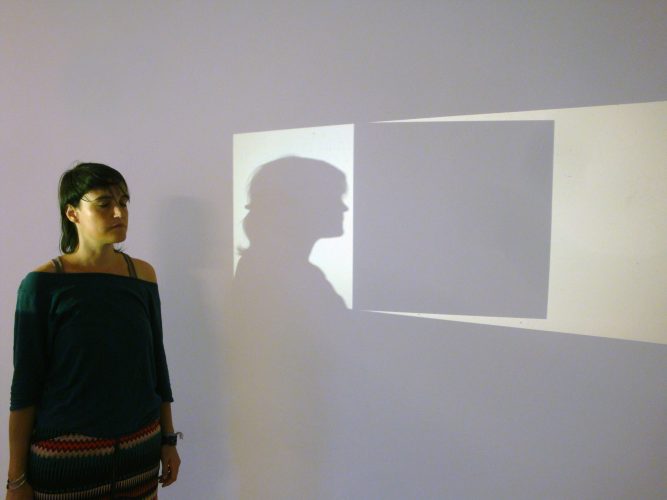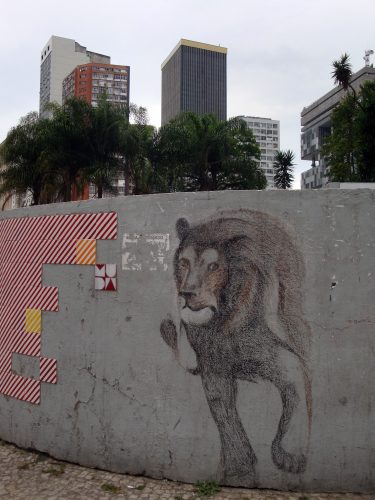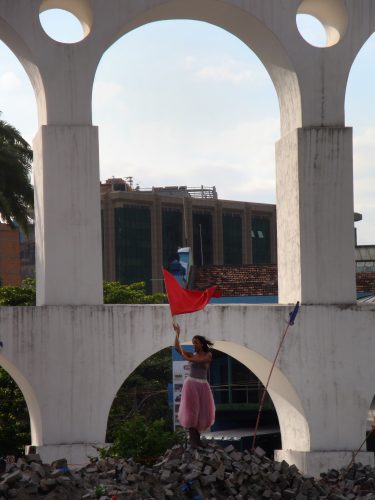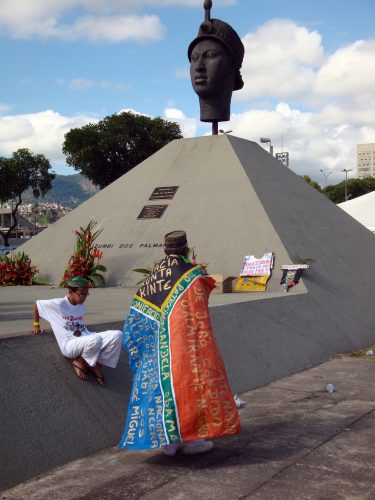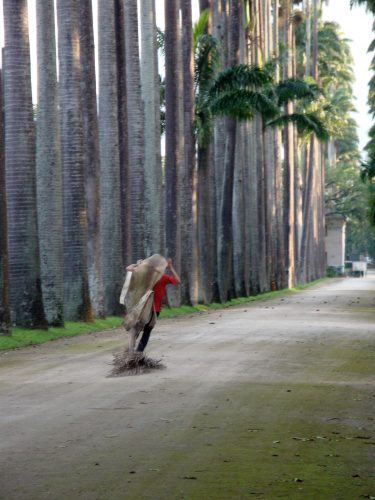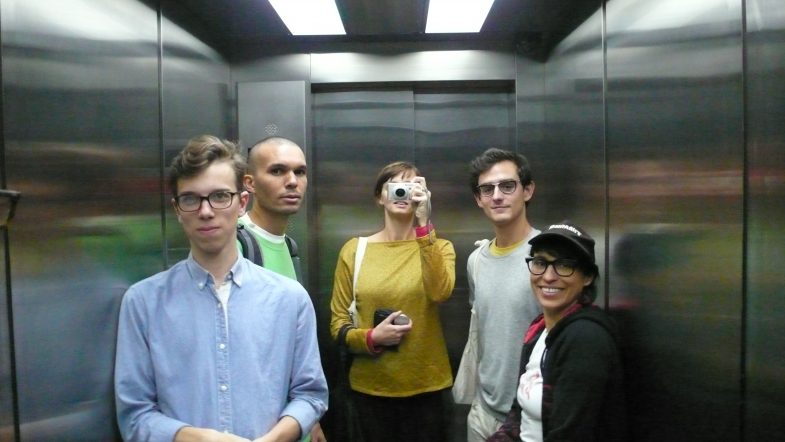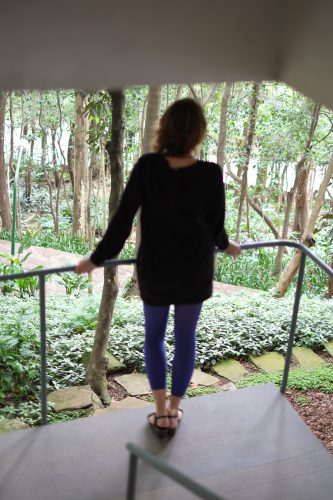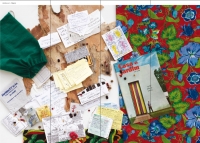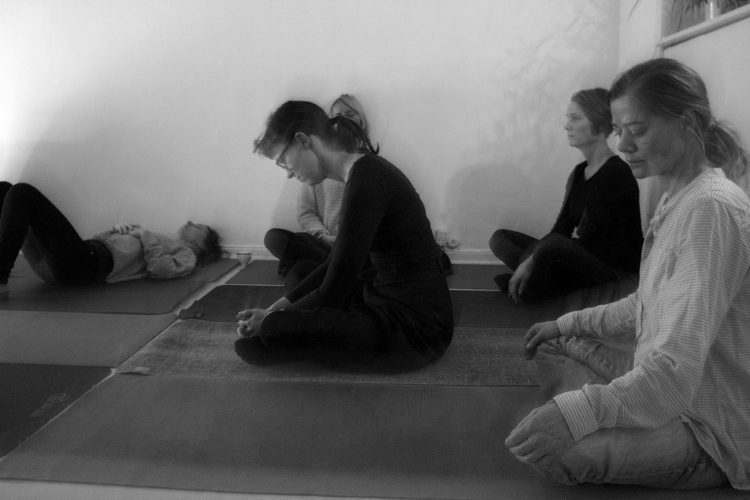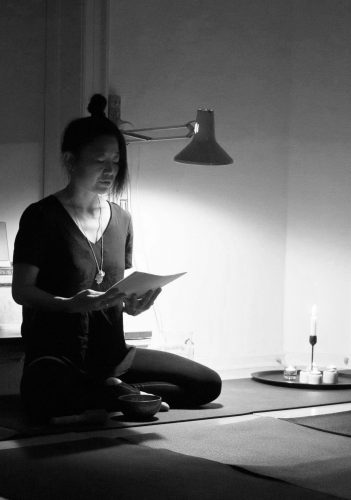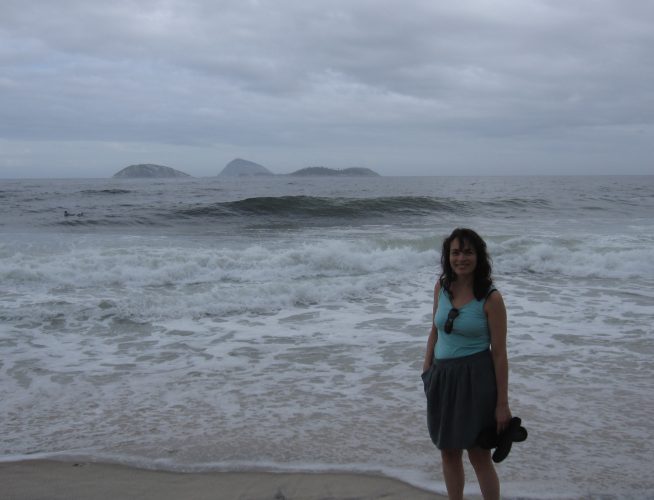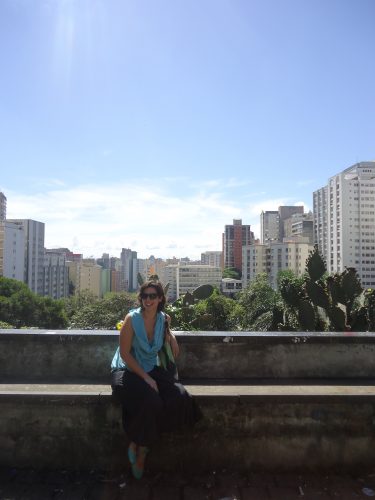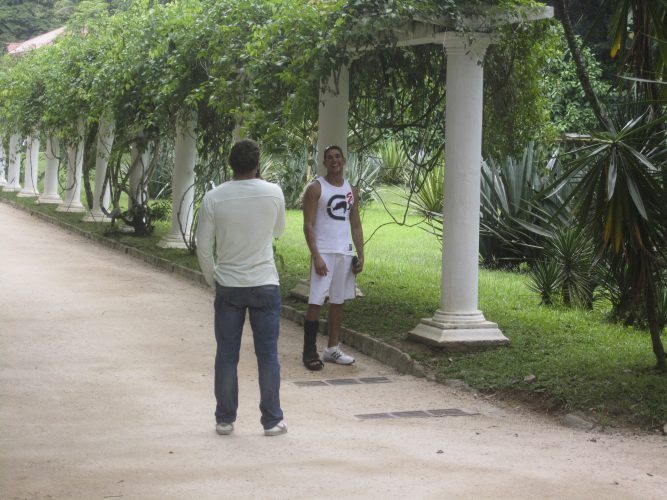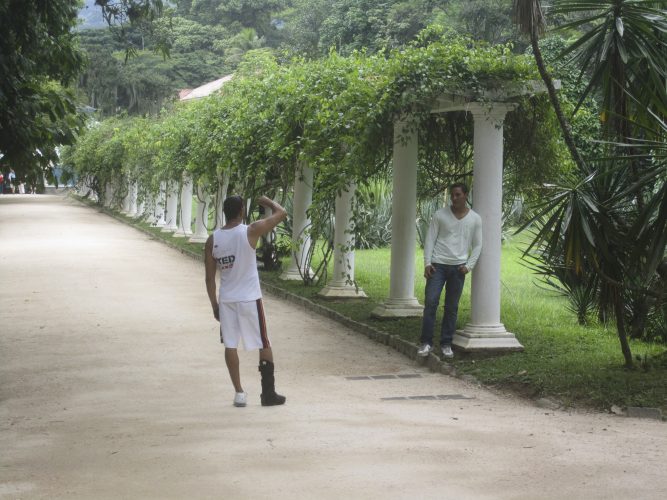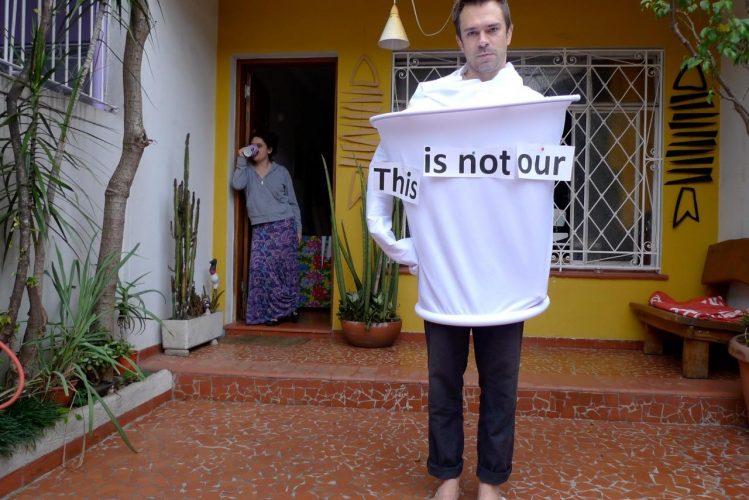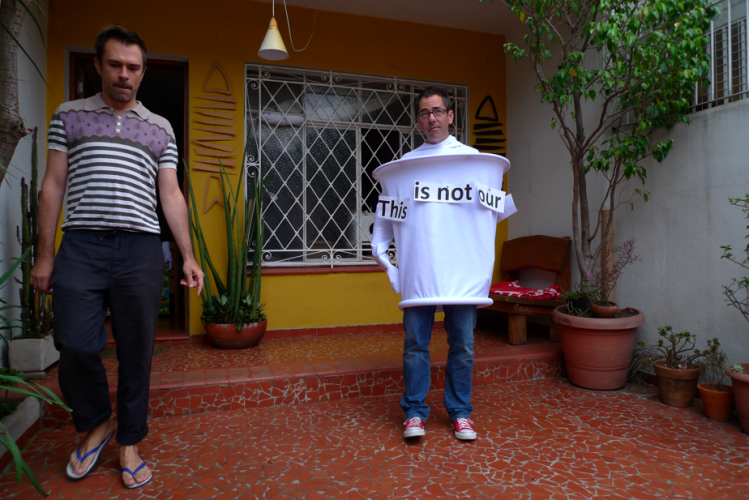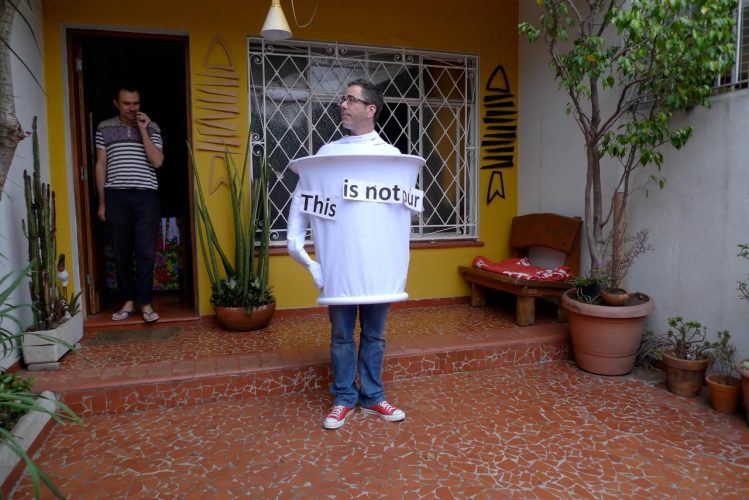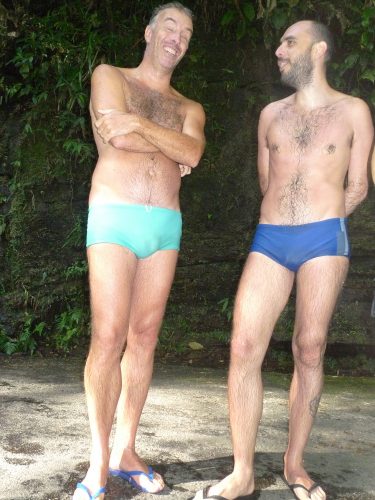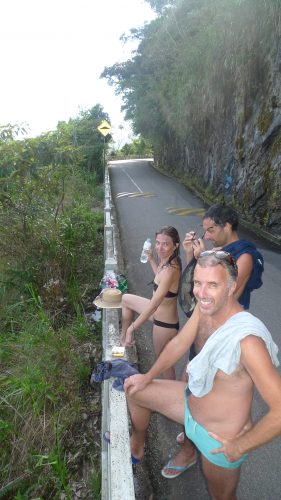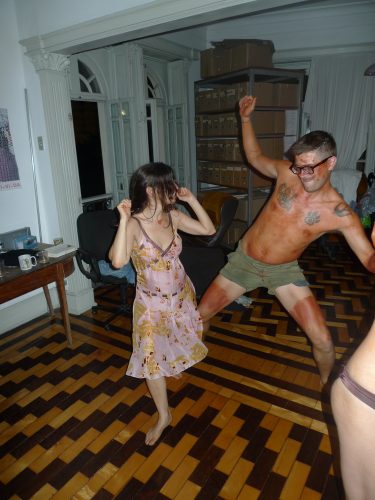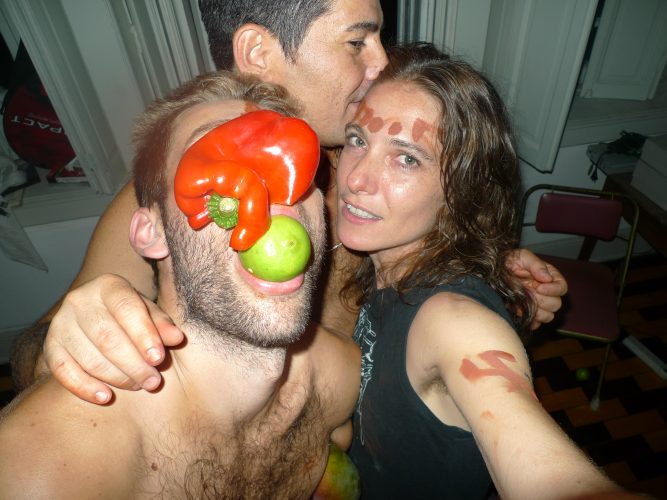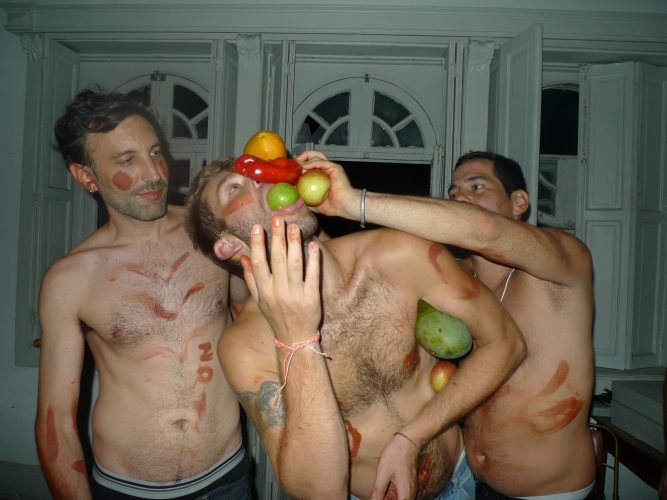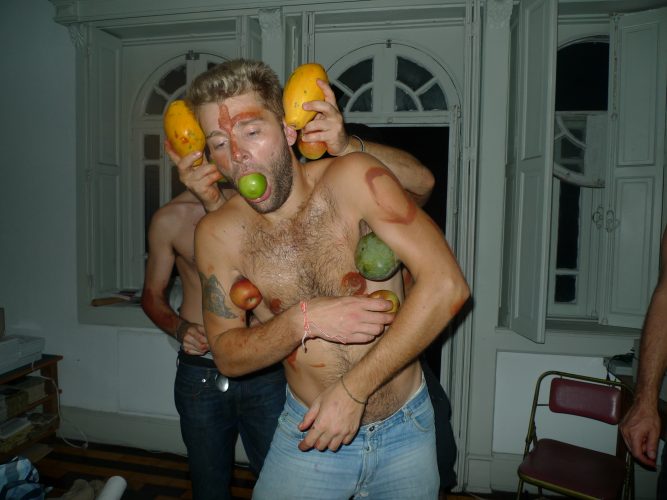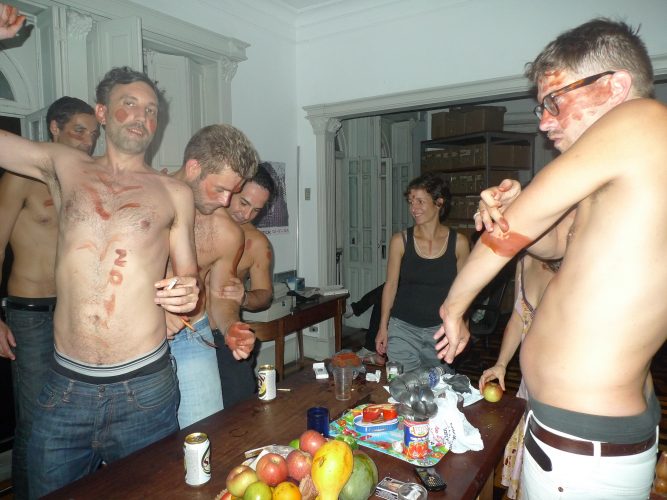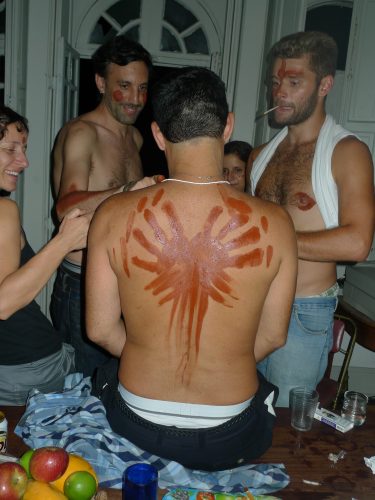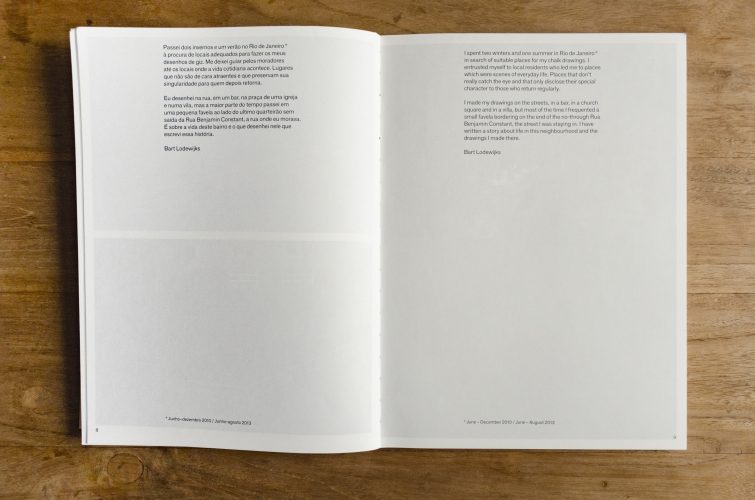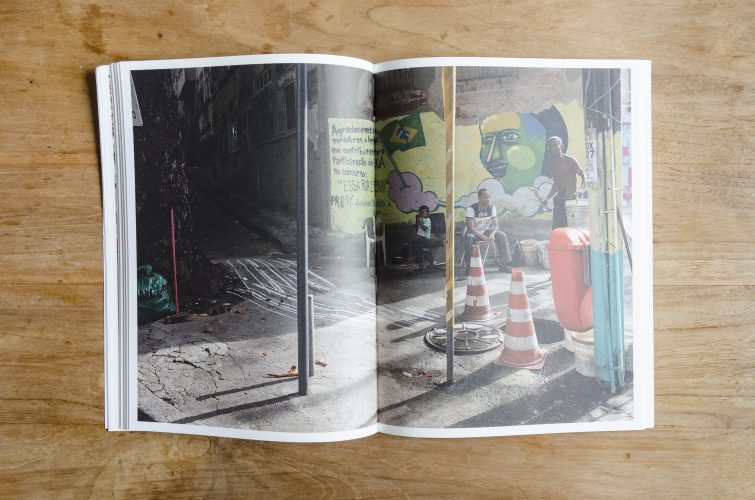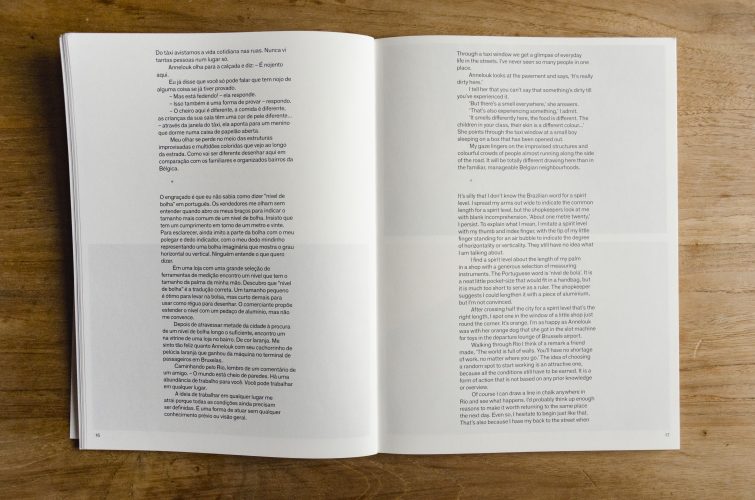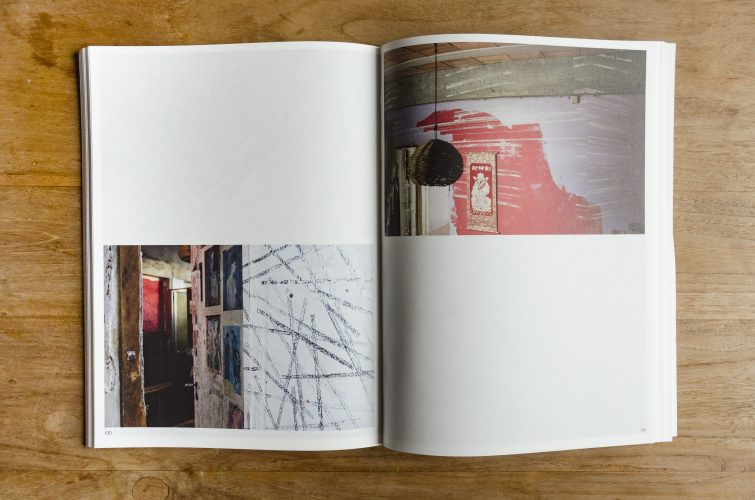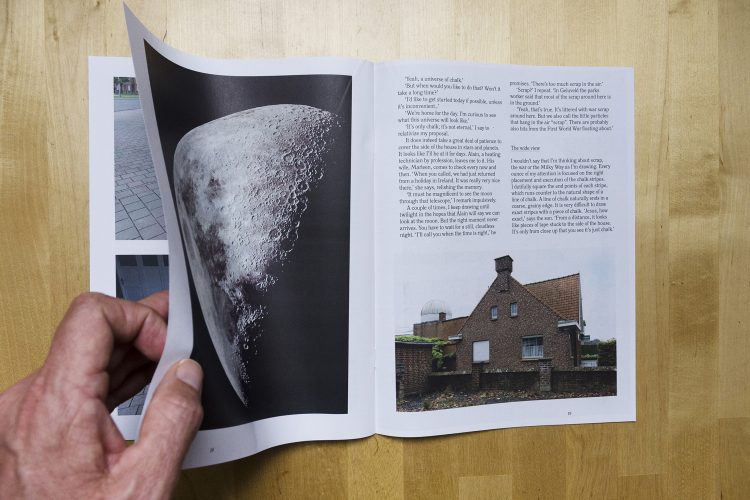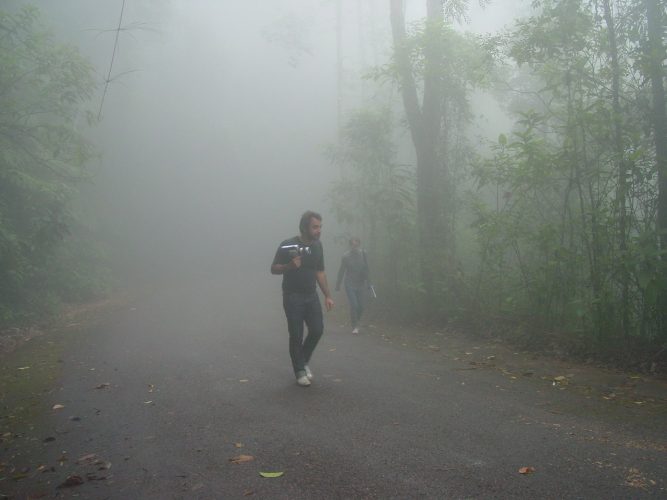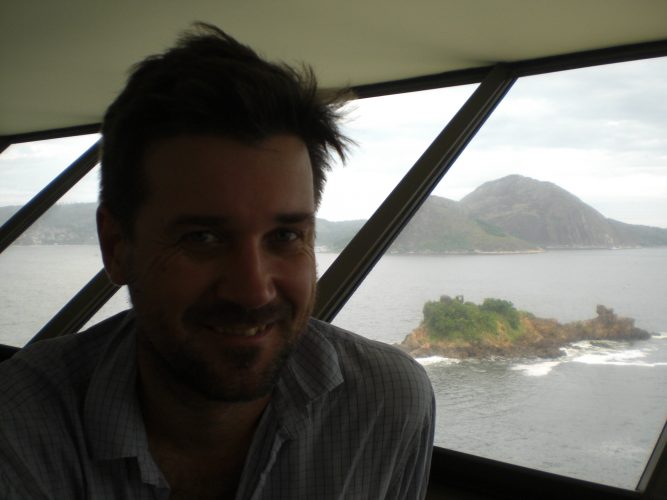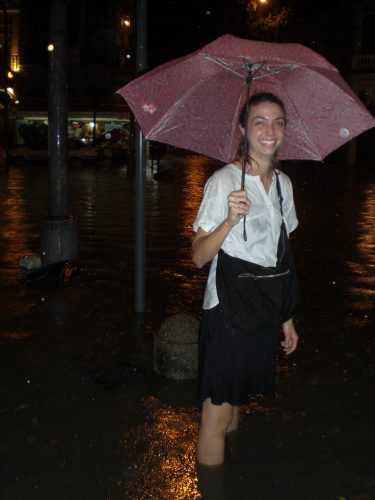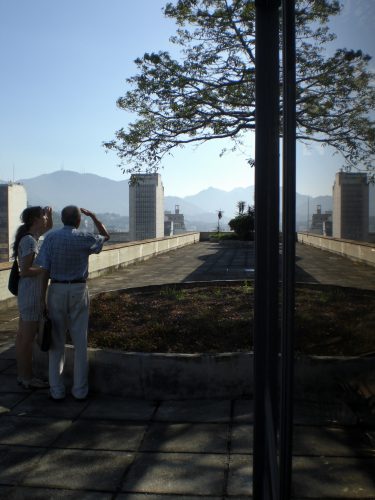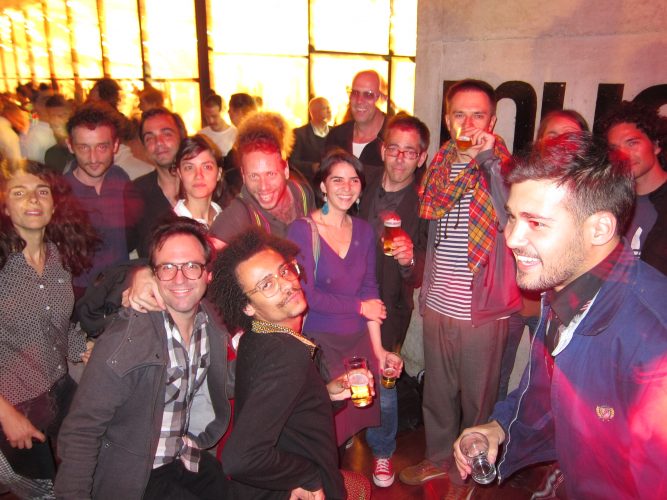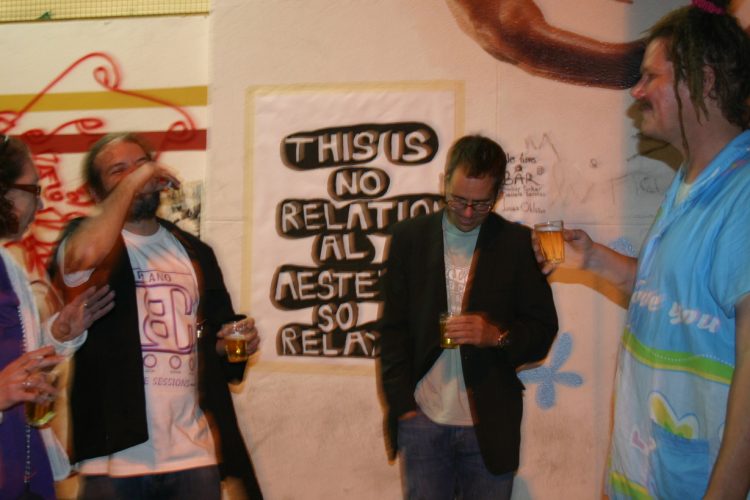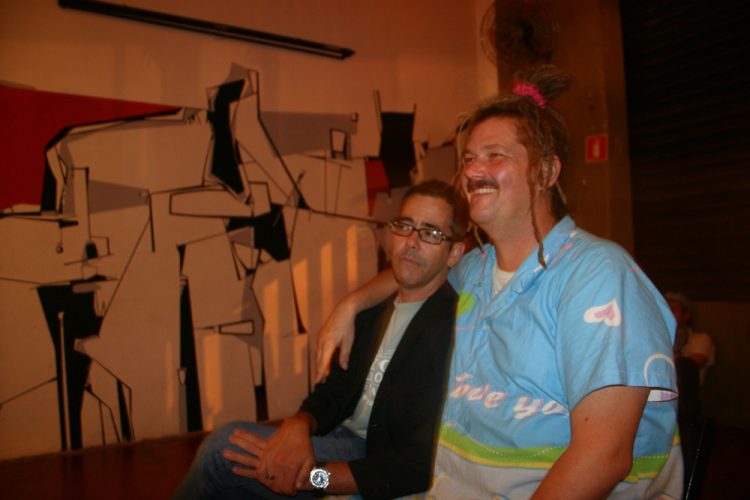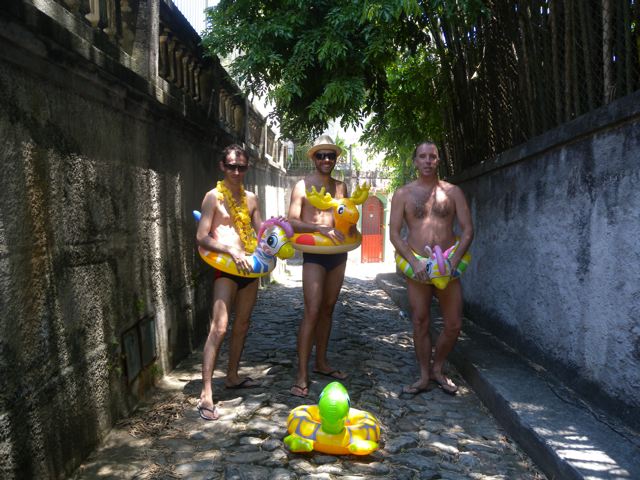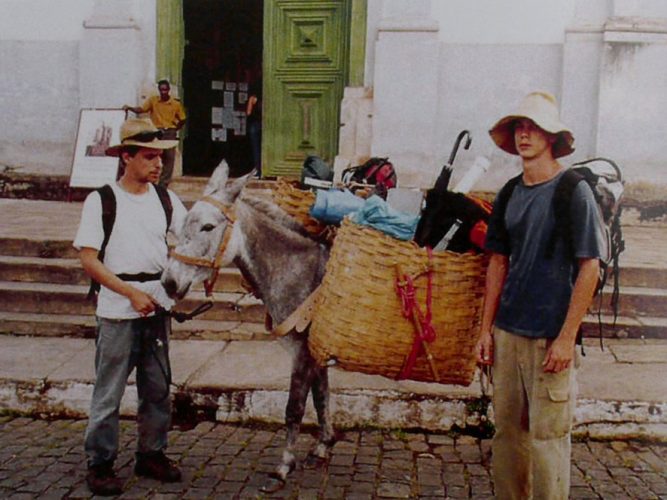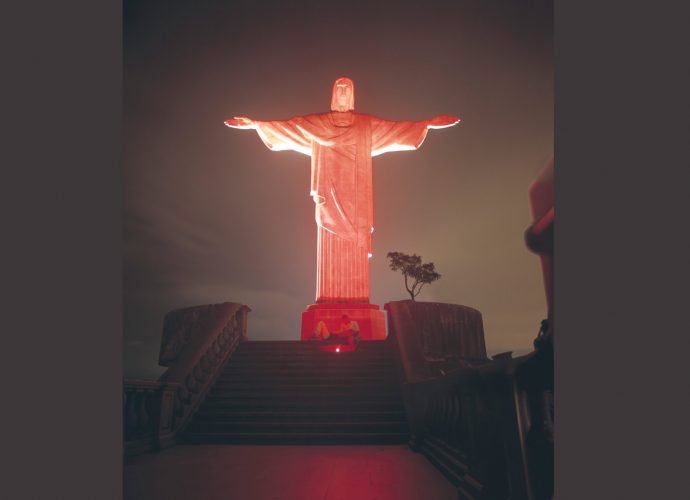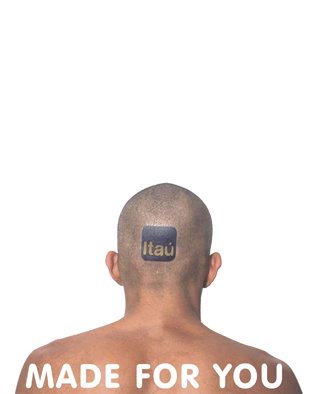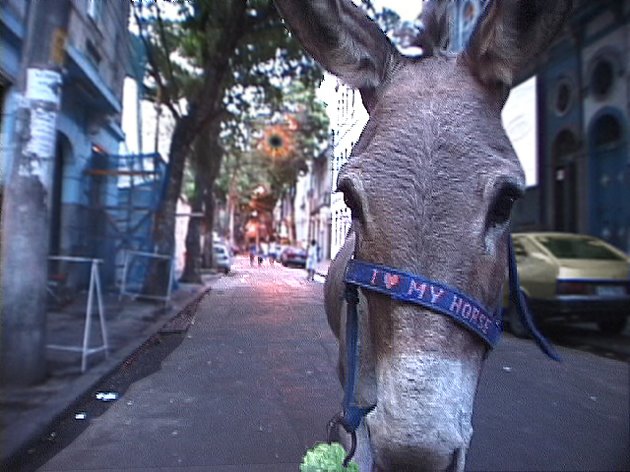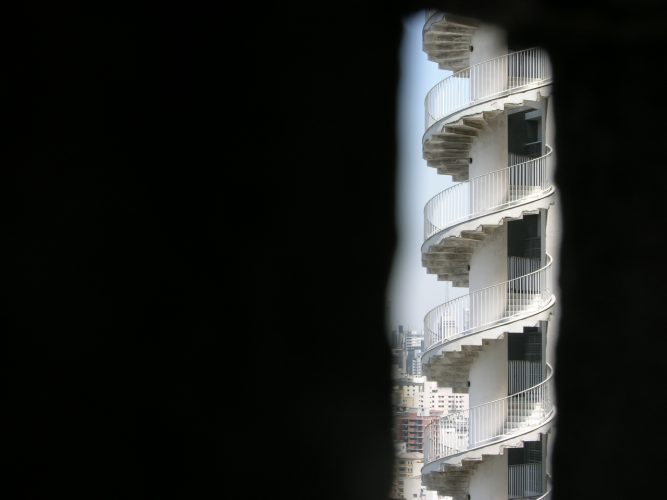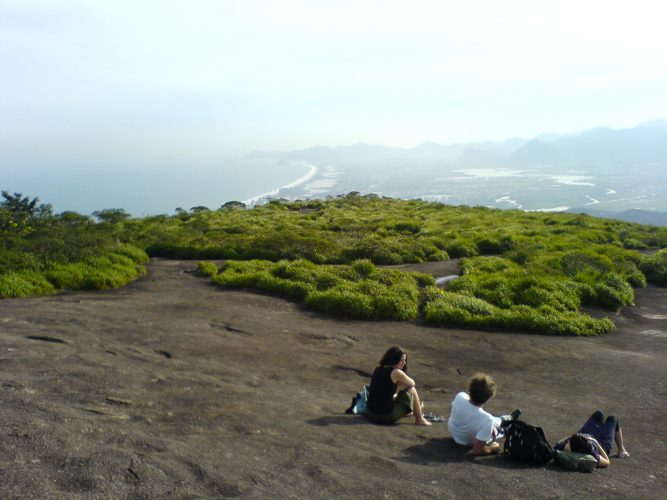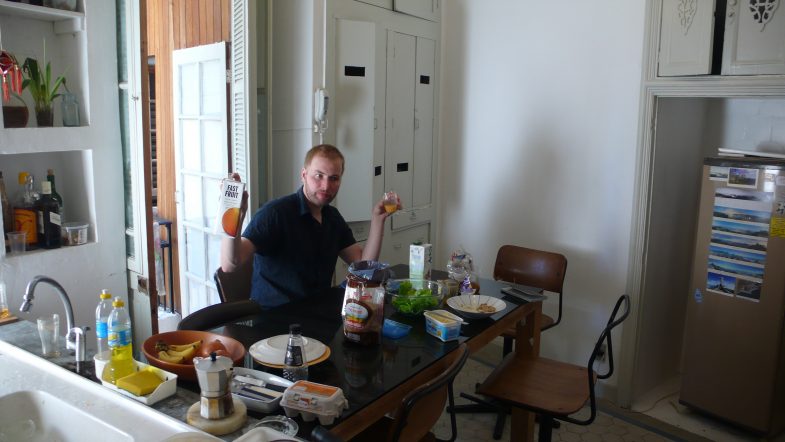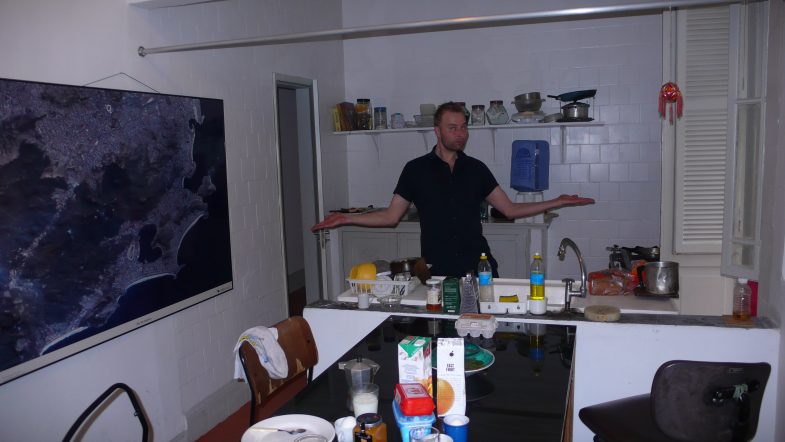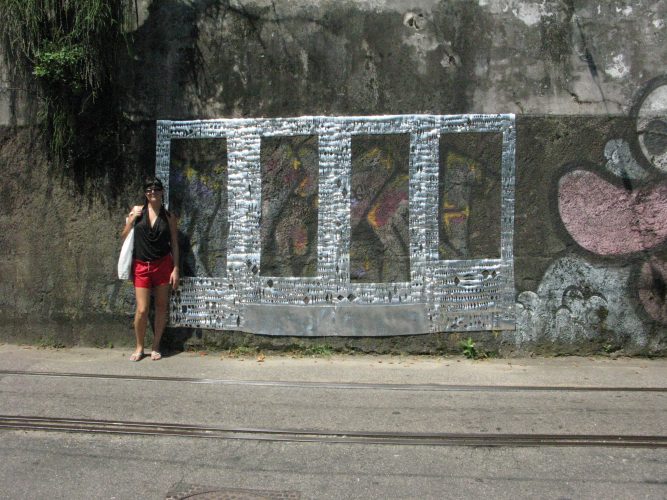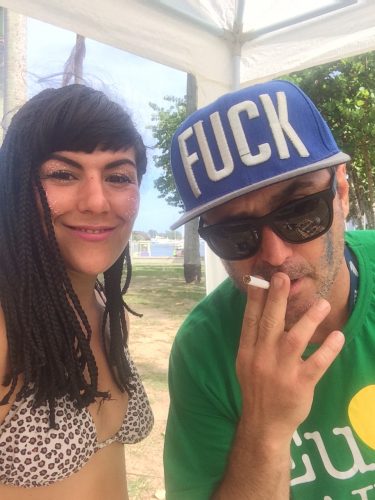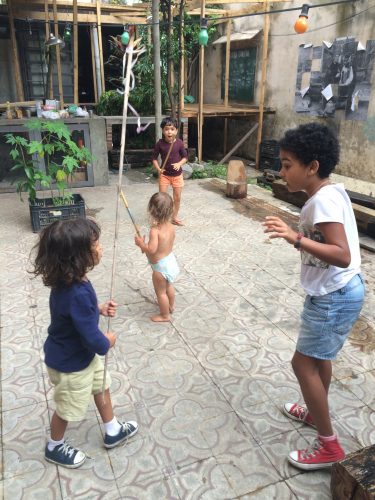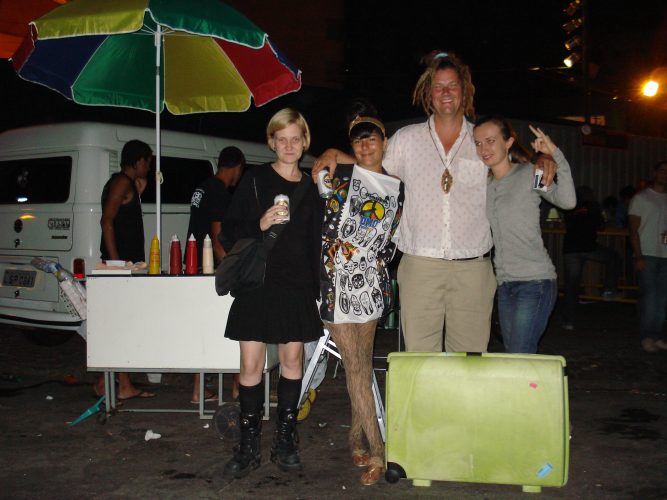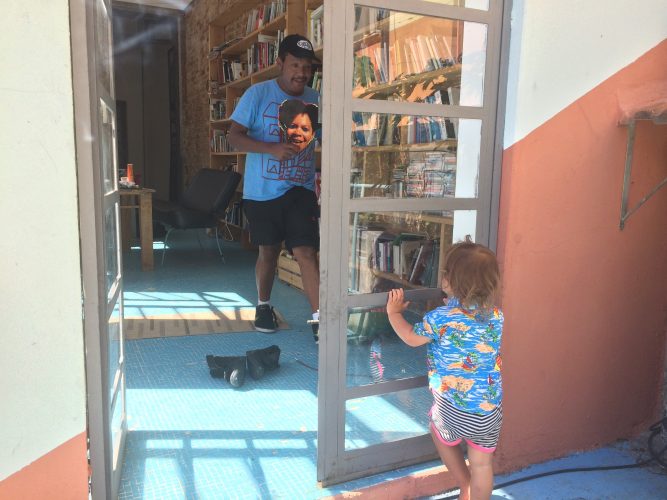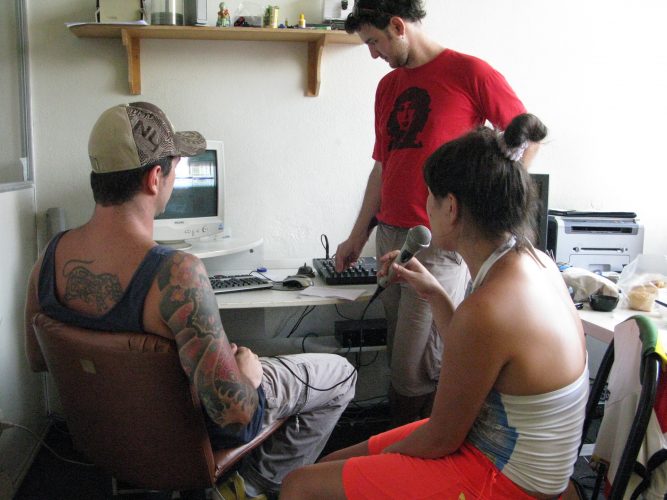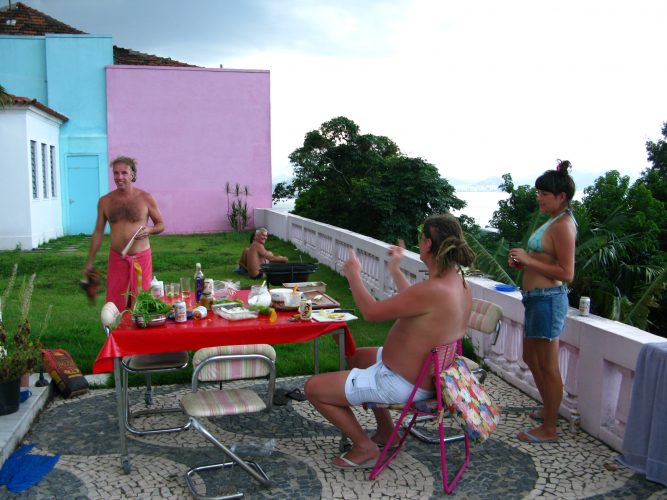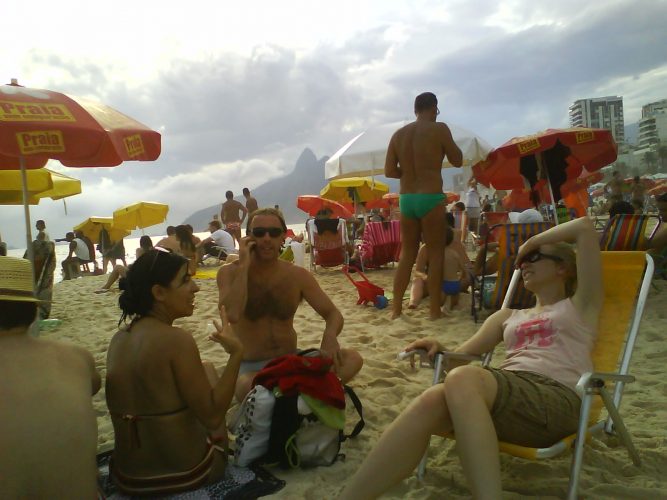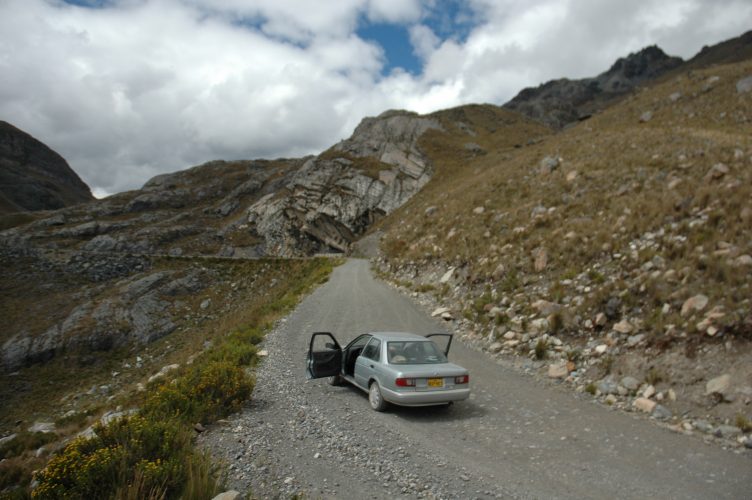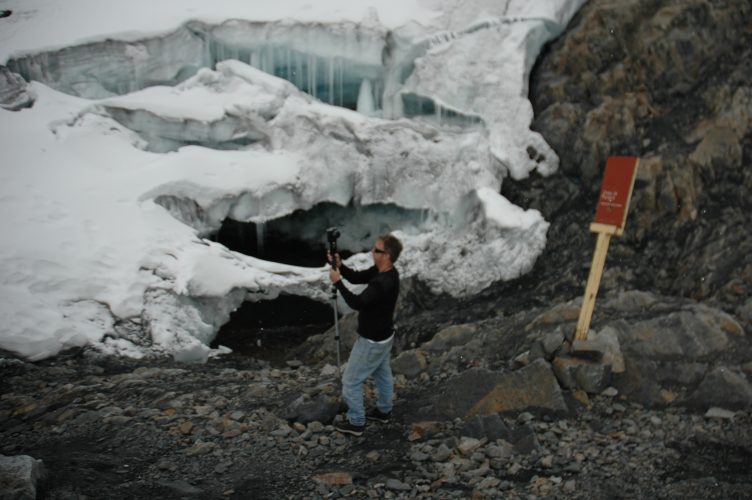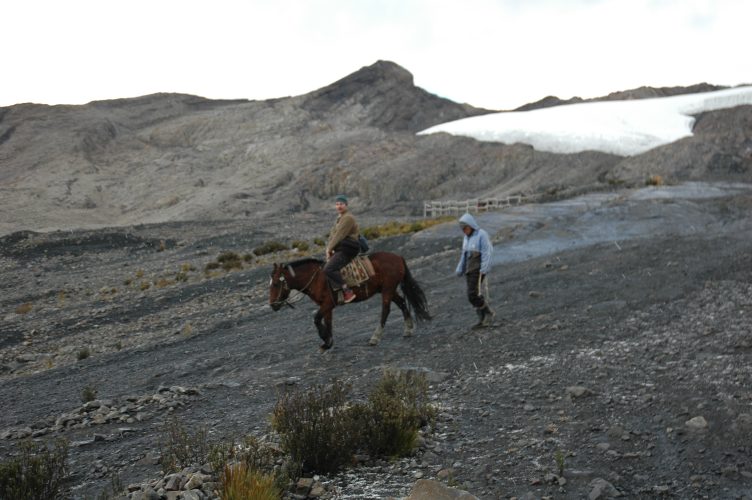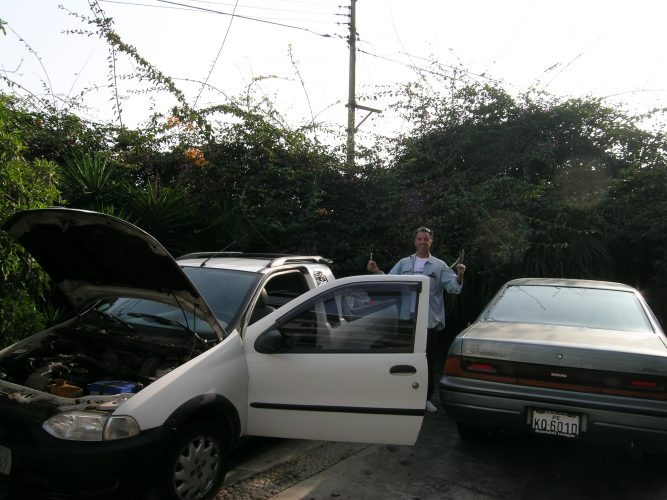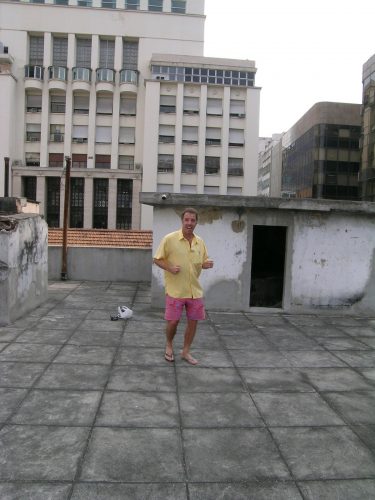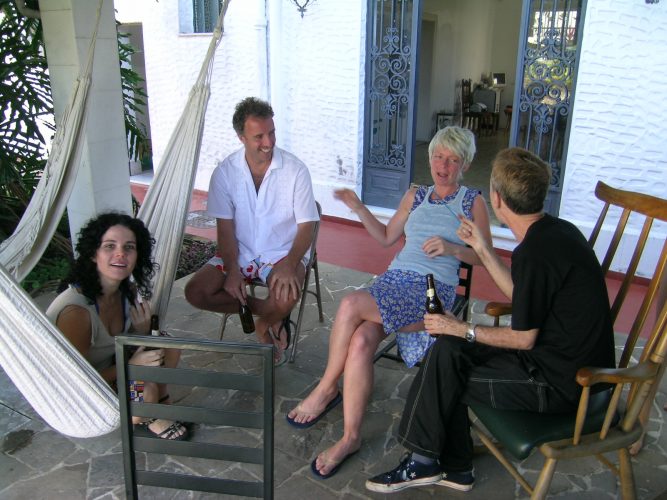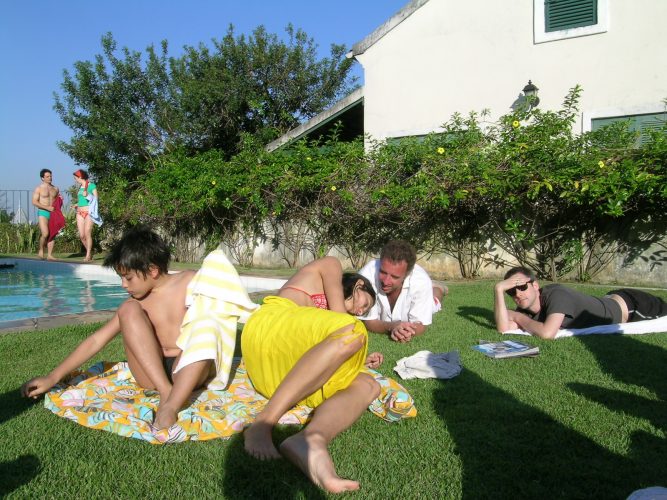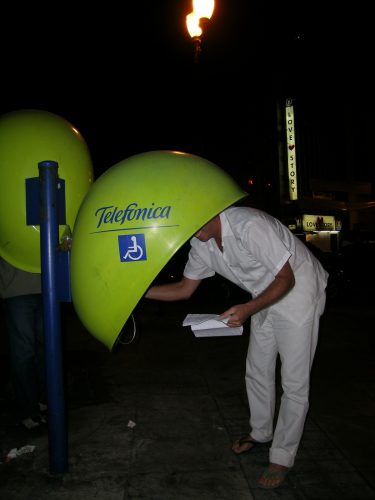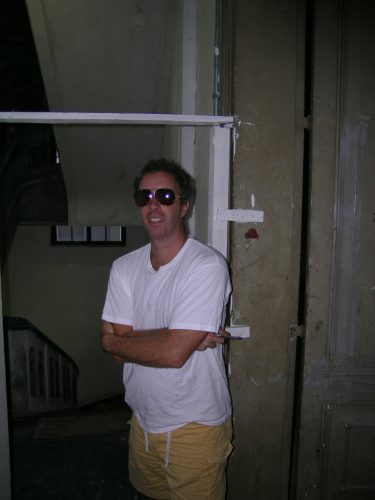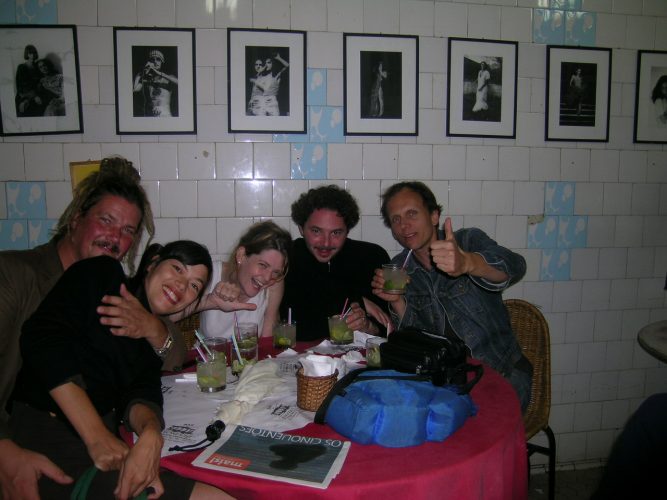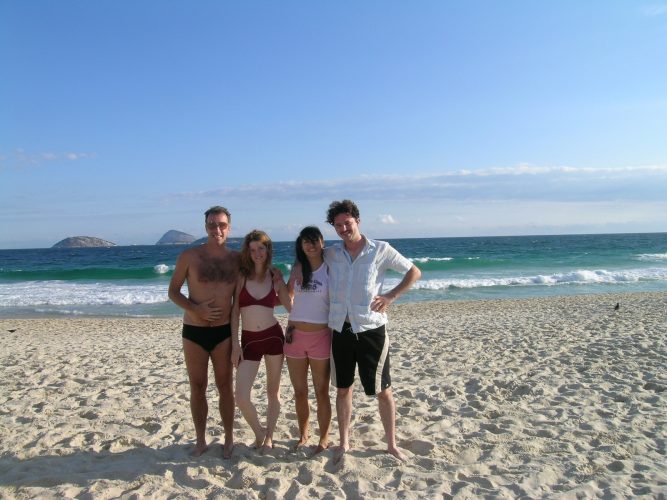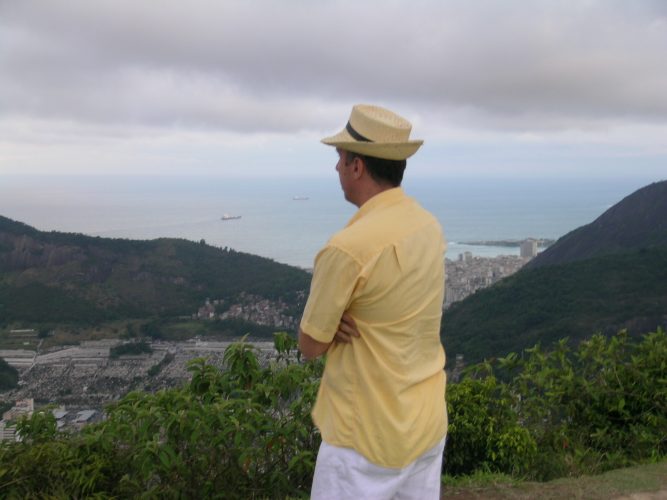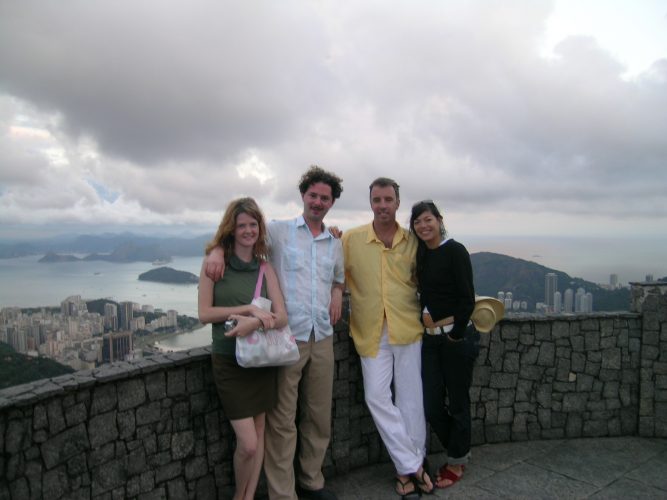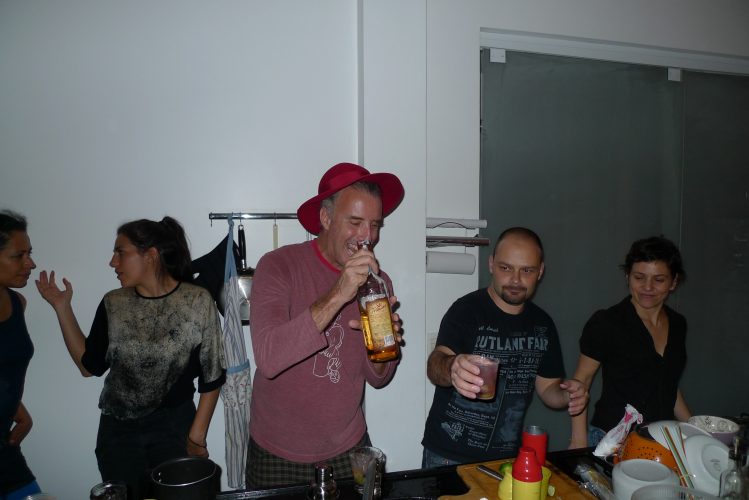Coordenou projetos como: “…e de novo montanha, rio, mar, selva, floresta” – SESC Palladium BH e JA.CA, 11a Aldeia Guajajara – SESC São Luís e Museu Histórico e Artístico do Maranhão, Projeto Chão Luz – Semana Nacional de Ciência e Tecnologia no Maranhão, ‘Frestas – Trienal de Artes’ – SESC Sorocaba, “diagnósticos para indie.GESTÃO – residência de espaços autônomos” — Edital Rede Nacional da Funarte 2013, ‘Poema aos homens do nosso tempo’ – Edital Rede Nacional Funarte 2012, ‘Comestível’ – ProAc 2013 / Espaços Independentes, ‘Daquilo que me Habita’ e ‘DF | Depois das Fronteiras – experiências sonoras e visuais no Planalto’ – ambos no Centro Cultural Banco do Brasil Brasília , ‘Há Sempre um copo de mar para um homem navegar’ – itinerância da 29° Bienal de São Paulo e ‘Instante – Experiência / Acontecimento’ – ambos no SESC Campinas, ’79>09 > 30 anos de artes visuais > Campinas > Ribeirão Preto’ – MARP Ribeirão Preto e MAC Campinas, ‘VIP – very important people’ e ‘Afinidades Eletivas’ – CPFL Cultural Campinas, ‘BR500’ – Oficinas Culturais Oswald de Andrade, MAC Americana, Festival de Arte de Porto Alegre, Porto de Santos e MAC Campinas, ‘Seja Lá Onde For’ – MAC Americana, ‘AR LIVRE – paisagens audiovisuais’ – Parque Ecológico Campinas, ‘I Semana Fernando Furlaneto’ e ‘A Casa Onírica’ (idealização e produção), ambos em São João da Boa Vista em SP, entre outros.
De 2005 a 2009, foi Gerente de Desenvolvimento e Educação na Empresa Municipal de Desenvolvimento de Campinas, responsável pela gestão de projetos voltados a Mobilidade Urbana a partir de conceitos de arte, cultura e cidadania. De 2009 a 2011 é Diretora de Desenvolvimento Institucional da mesma empresa, responsável pelas áreas de Comunicação e Sustentabilidade, Educação e Cidadania, Tecnologia da Informação e Recursos Humanos.
ATELIÊ ABERTO > CAMPINAS
O Ateliê Aberto é um organismo inter-dependente que vive da criação, produção, difusão, formação e investigação em arte e cultura contemporânea. Uma plataforma para fomentar a produção e o debate, articular ideias e forças, um laboratório permanente para novos processos colaborativos de criação e convívio. Trabalha em colaboração com projetos espaços independentes, instituições, universidades, espaços culturais, empresas, ONGs, desenvolvendo projetos expositivos, audiovisuais, intervenções, residências, discussões, orientação de projetos, consultorias, curadorias e atividades de documentação e pesquisa.
Há 20 anos é referência na cidade de Campinas, reconhecido pela consistência de sua programação, seu compromisso com processos experimentais, idealização de projetos inovadores e trabalho de cooperação que estabelece com diversos atores, envolvendo os artistas locais e internacionais.
Entre 1997 e 2017, o Ateliê Aberto Produções Contemporâneas participou de cerca de 70 projetos externos, atuando como idealizador, curador, produtor, produtor executivo, montador, projetista. Envolveu, nos projetos internos e externos, mais de 700 artistas. Criado em 1997, é coordenado por Samantha Moreira.
CHÃO SLZ
São Luís _Maranhão _ Brasil
https://www.facebook.com/chao.slz
Experimentalmente voltado às práticas de formação não convencionais, Chão surge da intenção de se irradiar sentido em ambientes propícios para o diálogo e os processos elásticos de ampliação e troca direta de conhecimentos com o público, universidades, espaços independentes afins, instituições parceiras e manifestações do entorno, acerca da pesquisa no contexto da cultura visual e cultura contemporânea.
Como projeto, o Chão baseia-se nas ações espontâneas de sua rede de contatos bastante consolidada e na hipótese de existência de um novo terreno de atuação crítica junto à vida coletiva, desejando apresentar um formato de programação continuamente alternada, contemplando todas as faixas etárias, e que inclua: conferências, debates, cursos e oficinas, exposições, mostras de filmes e vídeos, performances, música e dança, encontros com comida, festas, residências, expedições, publicações impressas e online, ações políticas, sociais e de resistência.
Localizado no Centro Histórico de São Luís do Maranhão, o Chão tem dois espaços na região tombada pelo IPHAN em 1974 e reconhecida como Patrimônio Cultural Mundial pela Unesco em 1997: o _Casarão, localizado próximo ao Mercado Central, onde acontecem as residências, e o _Galpão, edificação histórica situada no bairro da Praia Grande, ambos do final do século XVIII, para realização de projetos e programação aberta ao público.
Fundado em 2015 por um grupo de artistas, curadores e gestores, atualmente é composto por Samantha Moreira (curadora e fundadora do Ateliê Aberto de Campinas), pelos artistas e produtores maranhenses Camila Grimaldi e Dinho Araújo, e pelo artista visual Thiago Martins de Melo, e pelo curador Marcio Harum, de São Paulo.
O AFLUENTES
O Afluentes atua com o objetivo de estimular a criatividade e a criação em diferentes meios, articular processos educativos e de mediAção cultural em vários níveis para a garantia do acesso à cultura e a arte na sua diversidade. Seus integrantes possuem formações diversas e vasta experiência em distintos âmbitos do sistema de produção e gestão cultural, promoção da educação e produção artística em múltiplos contextos.
Desenvolve práticas de mediAção planejadas para promover processos de educação, partilha, criação, difusão e intercâmbio de saberes, a partir de acervos, de exposições, da missão, dos contextos ou de questões transversais aos museus, exposições e centros culturais. Com isso, visa fomentar e garantir o debate público, a experiência com a arte, a produção e a salvaguarda da cultura e seus múltiplos patrimônios. Reconhece e valoriza a diversidade cultural brasileira e realiza projetos orientados para a garantia do acesso e da apropriação da arte e dos bens culturais, como direito e condição para a cidadania e a integração social.
Desde o início de 2017 o Afluentes Instituto é composto pelos seguintes profissionais: Samantha Moreira (SP/MA), Ricardo Kelsch (RJ), Marcio Harum (SP), Bitu Cassundé (CE), Francisca Caporali (MG), Gleyce Heitor (RJ/GO), Viviane Vazzi (MA) e André Lobão (MA).
-
